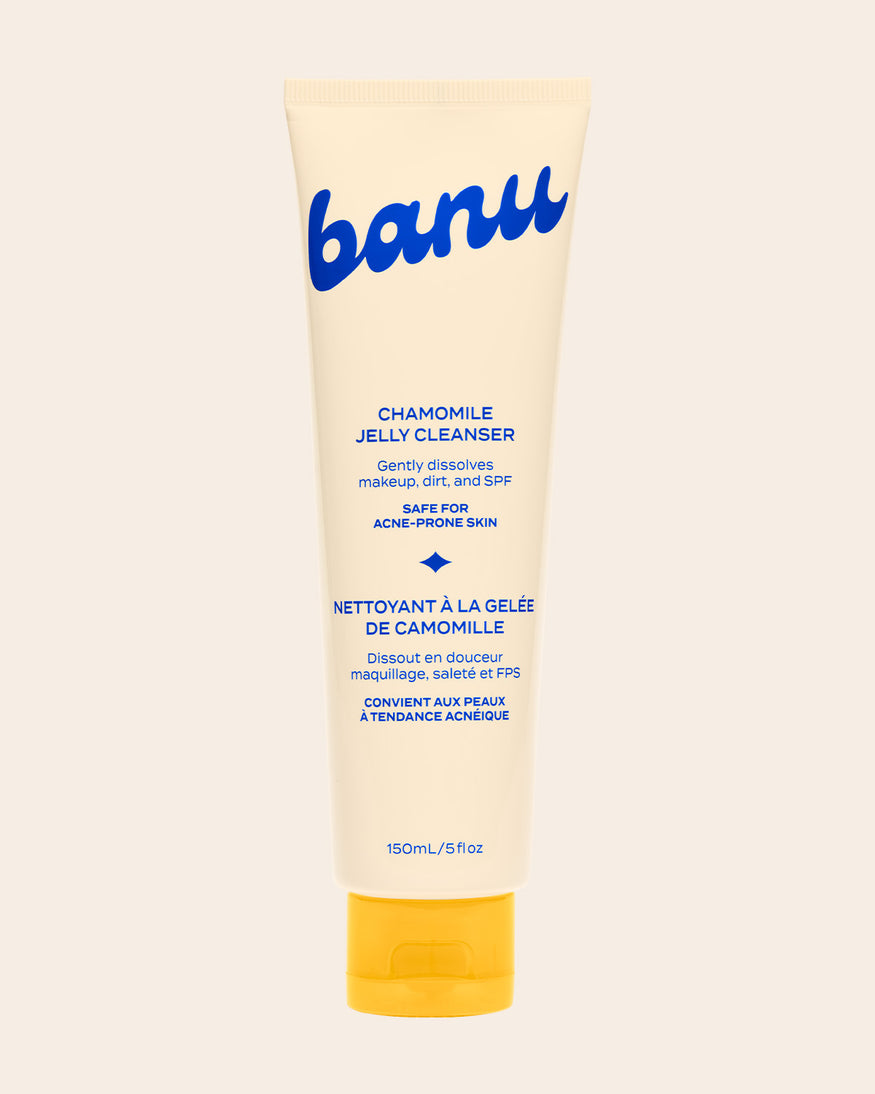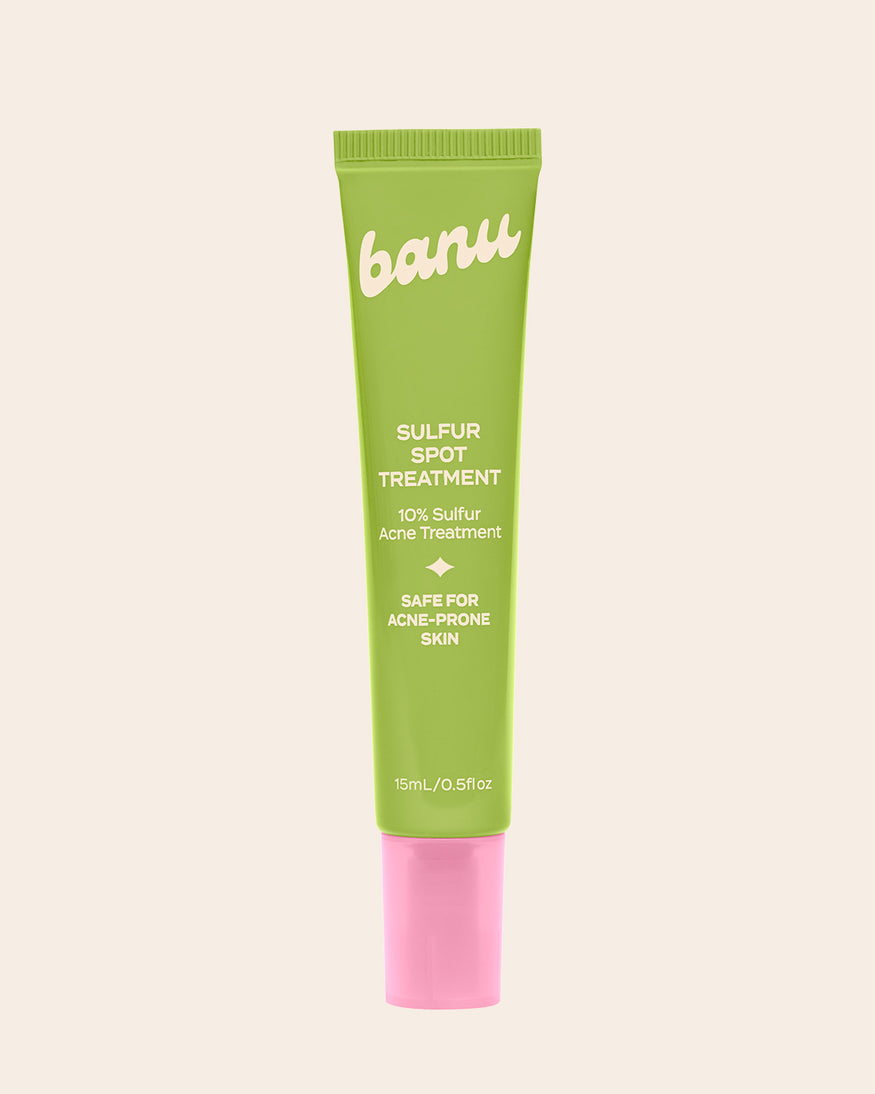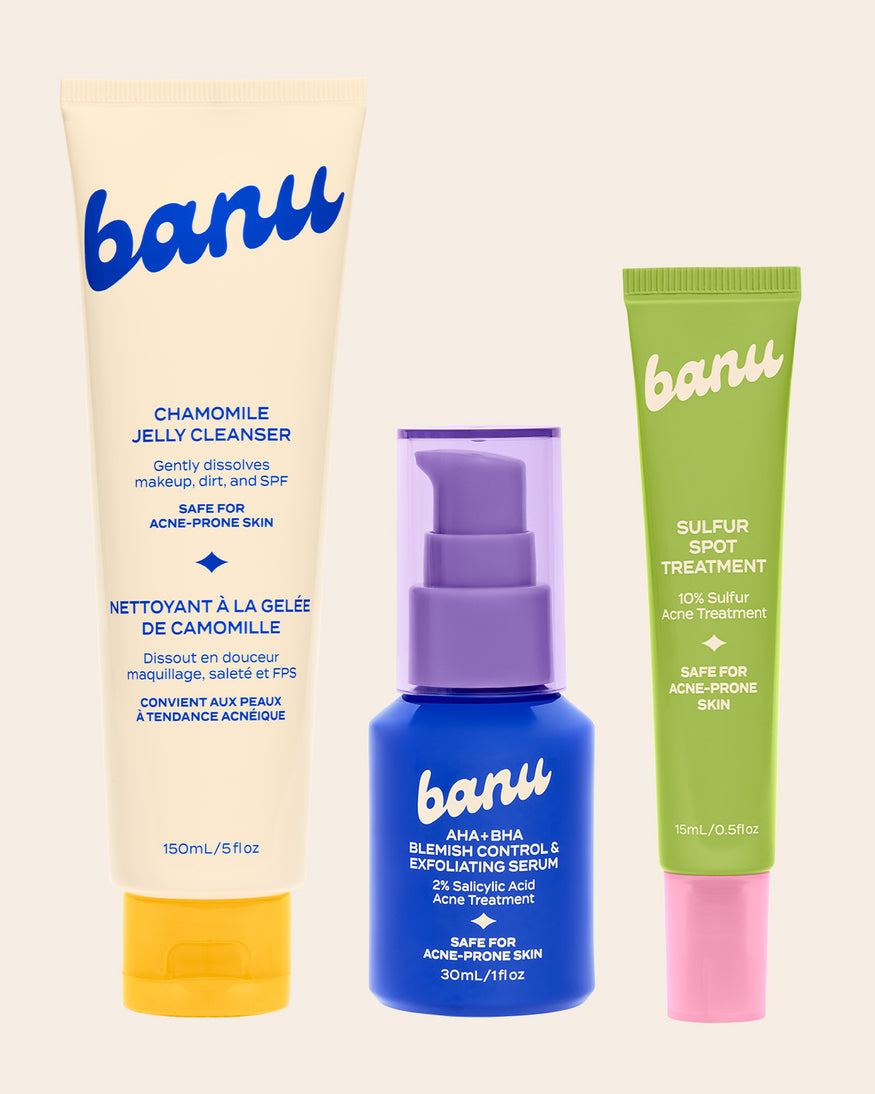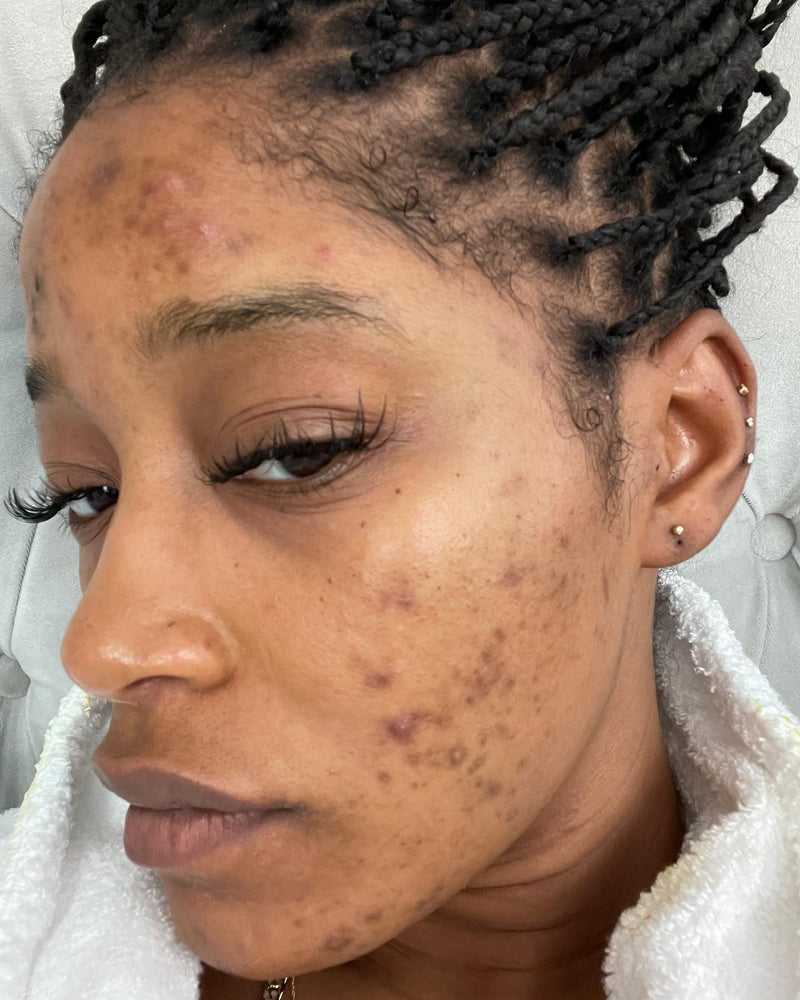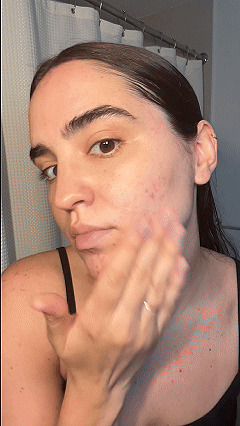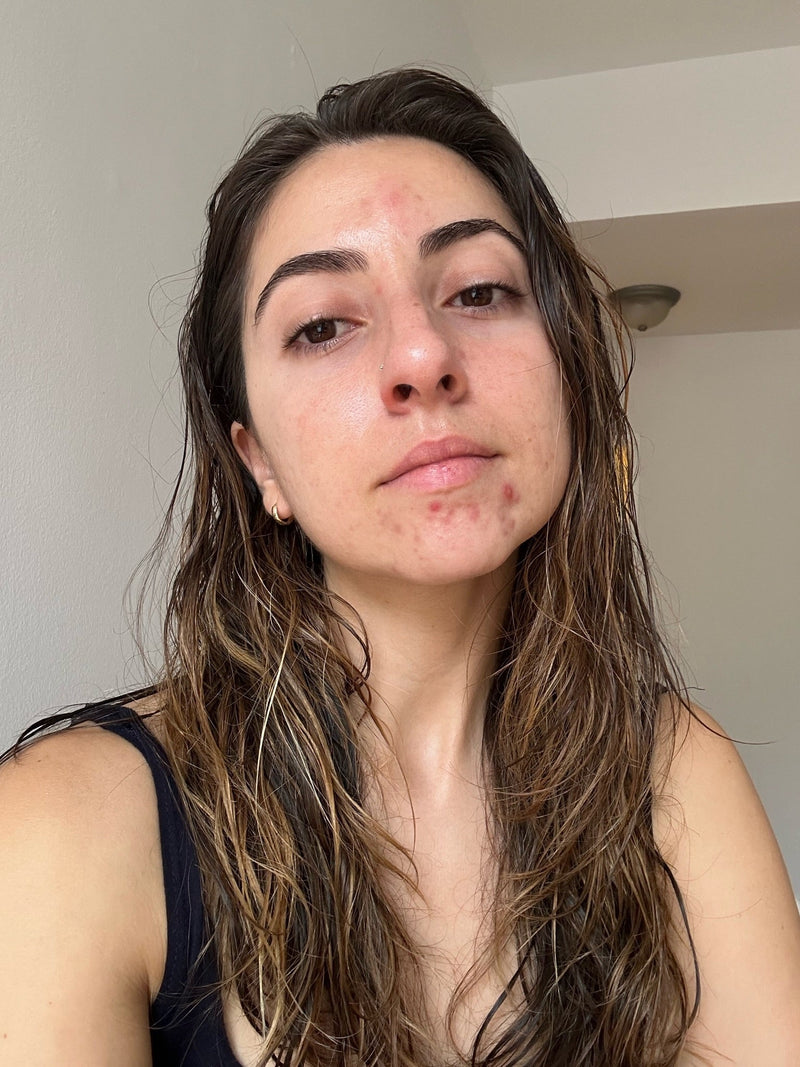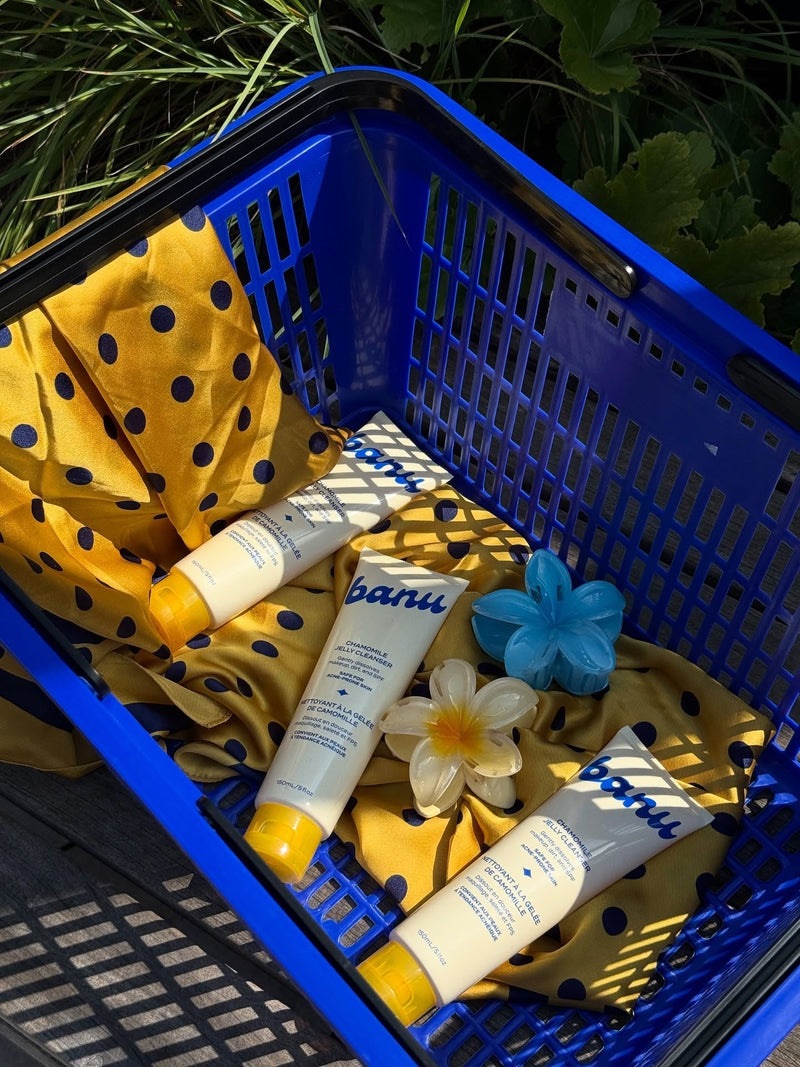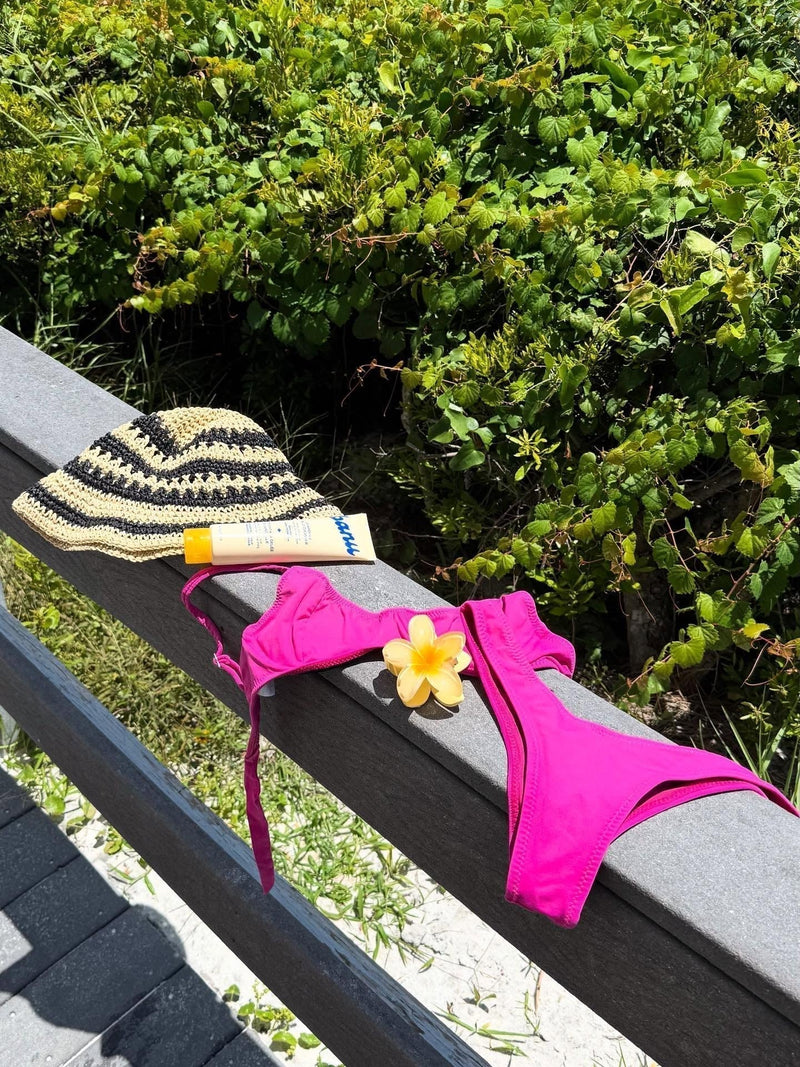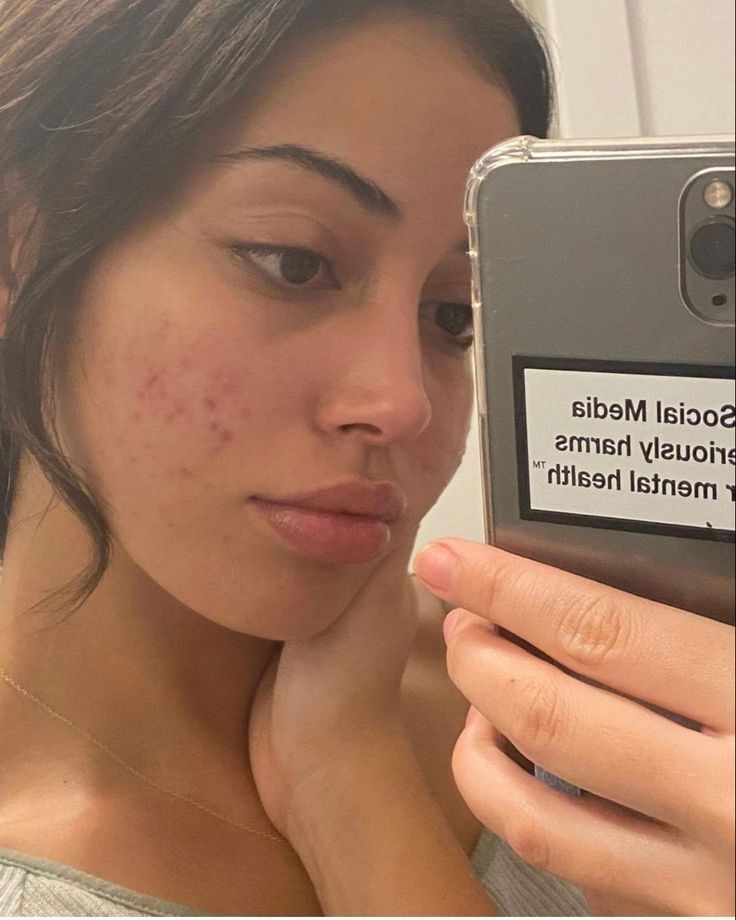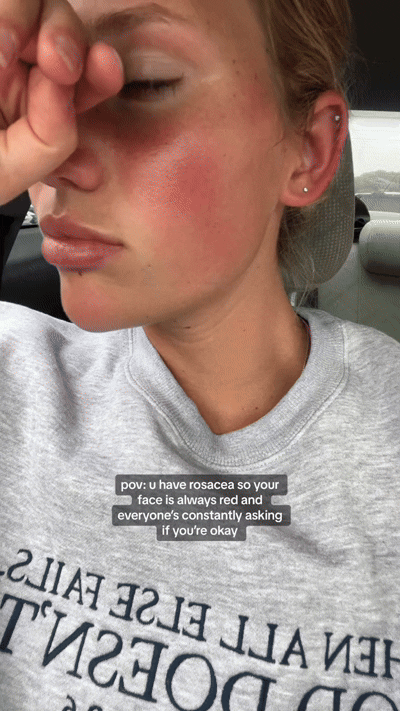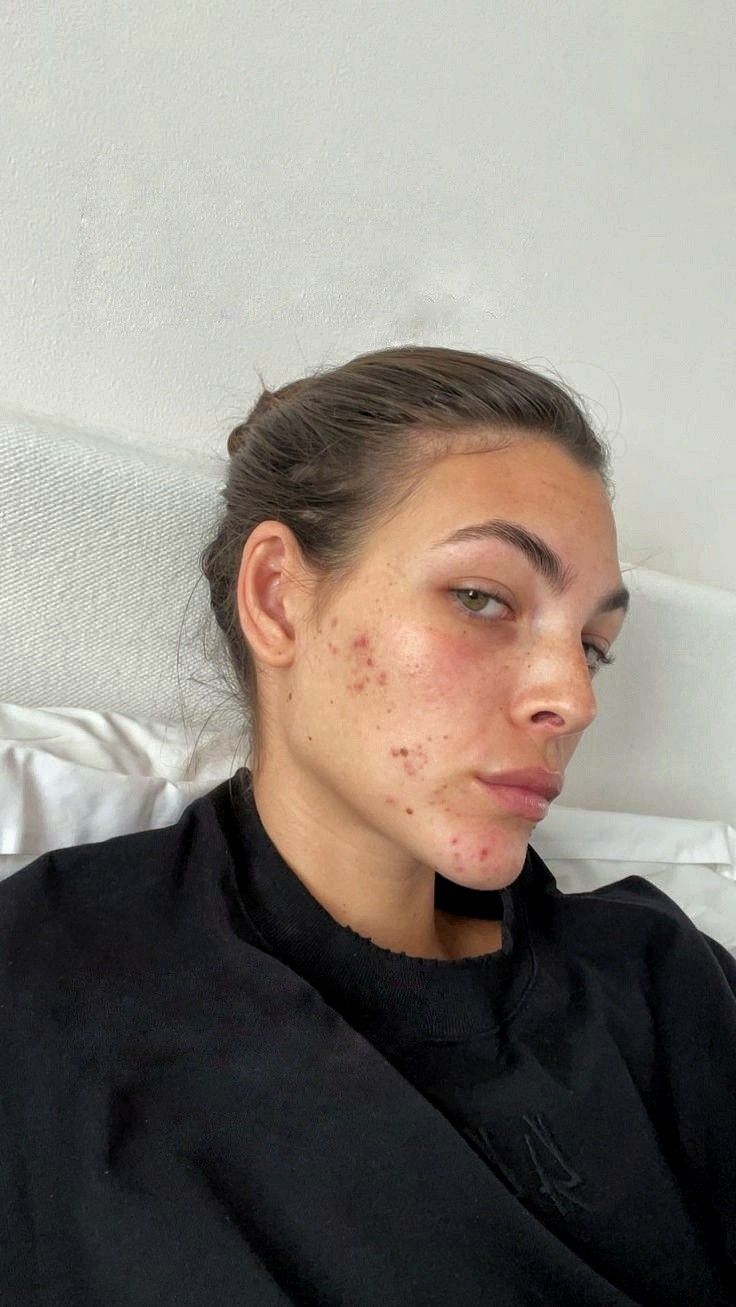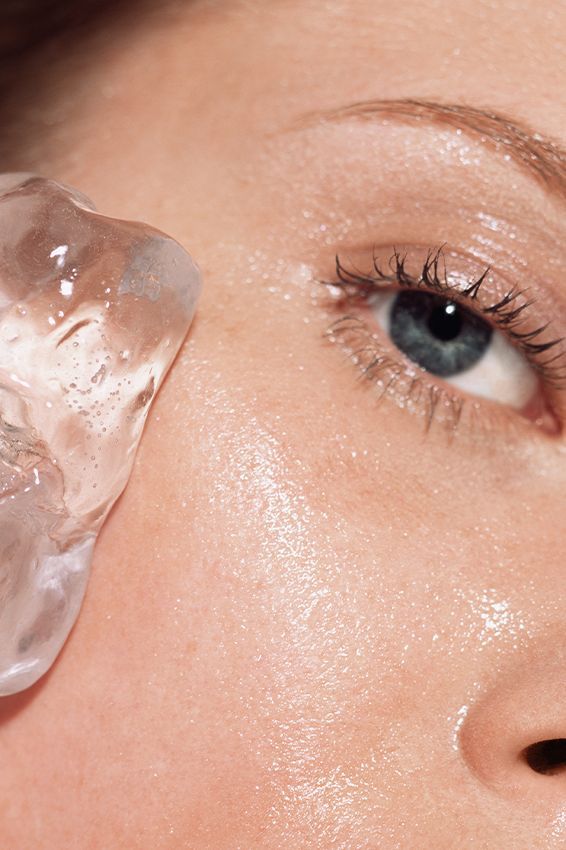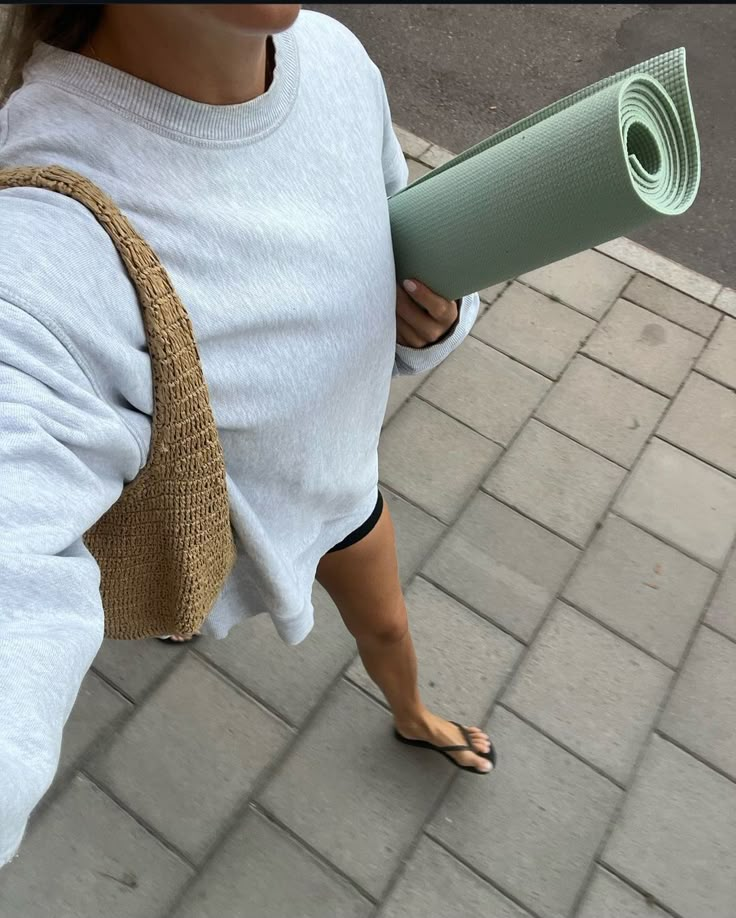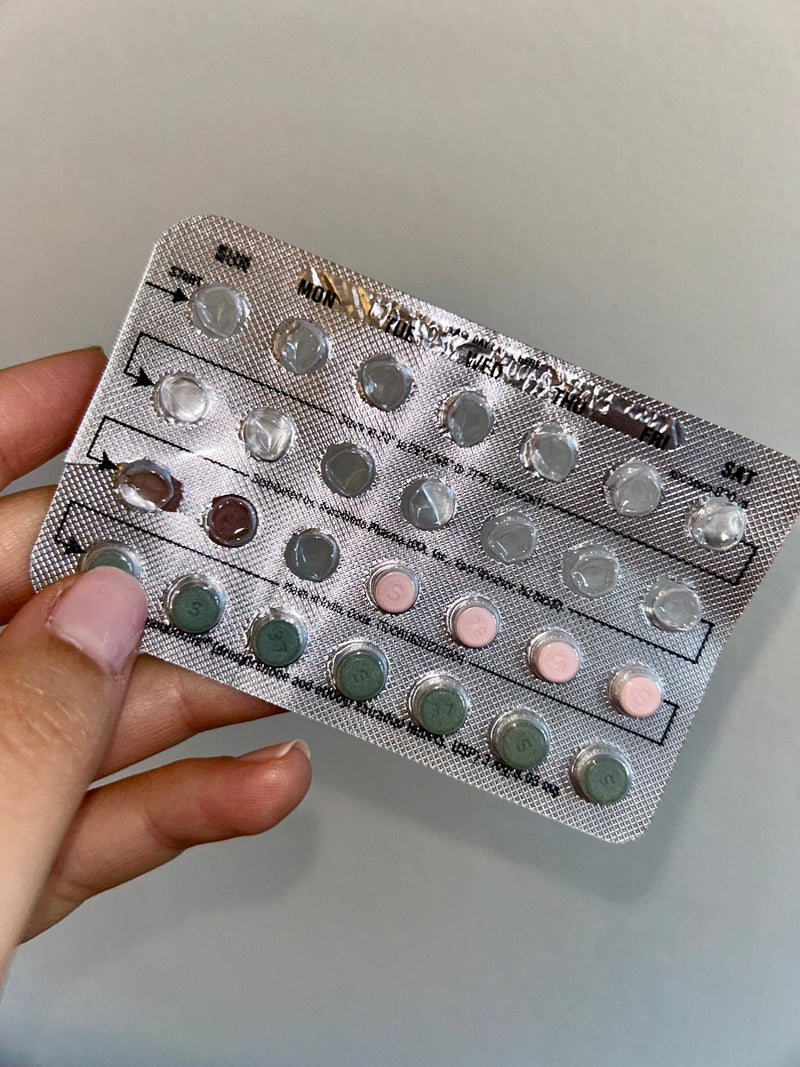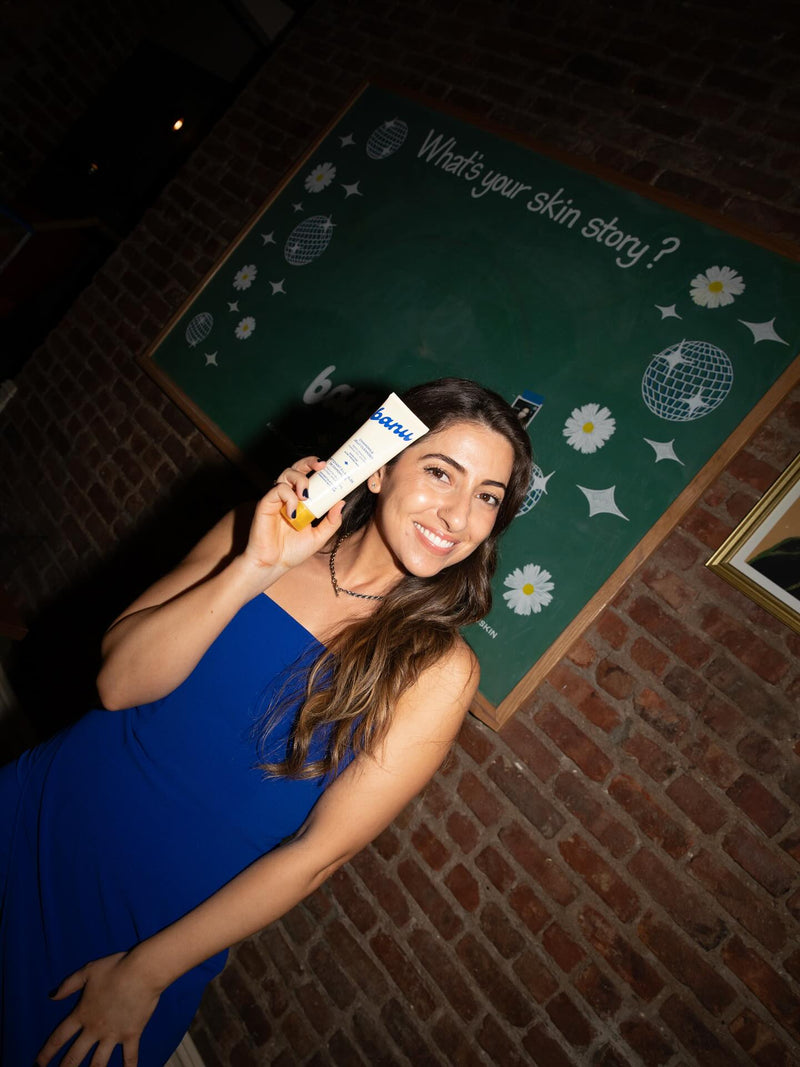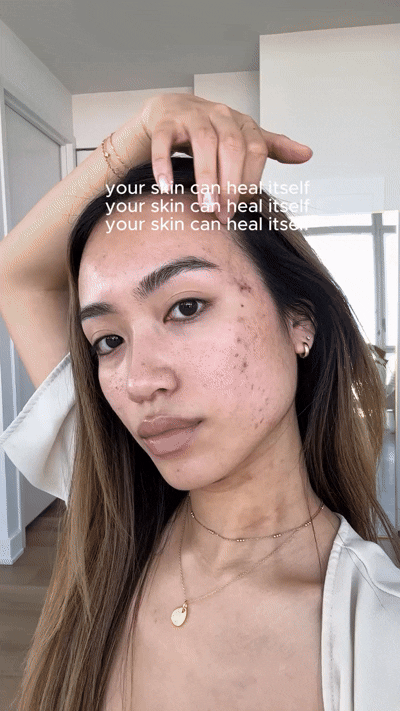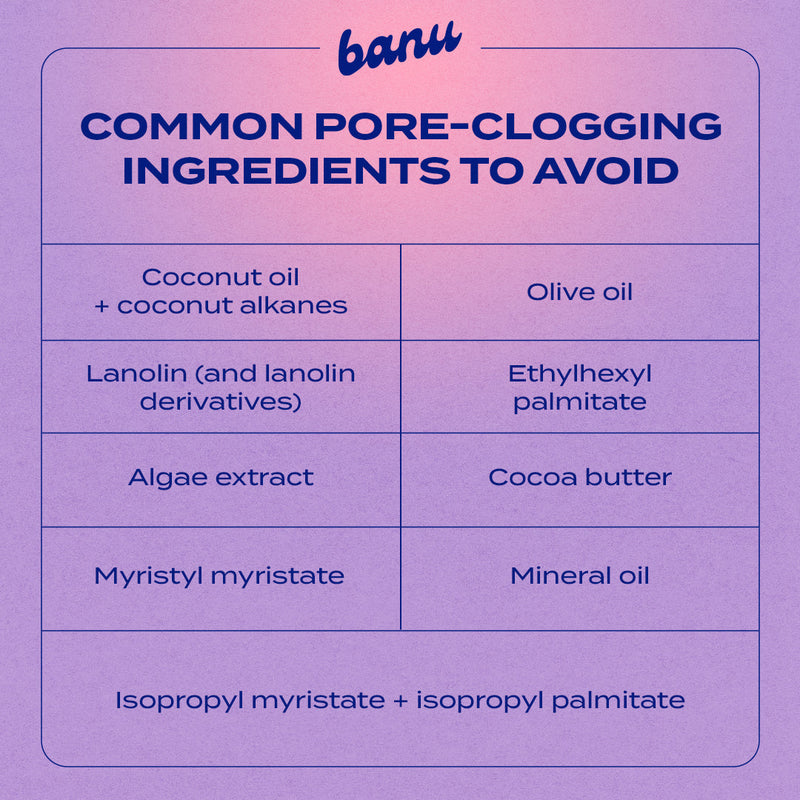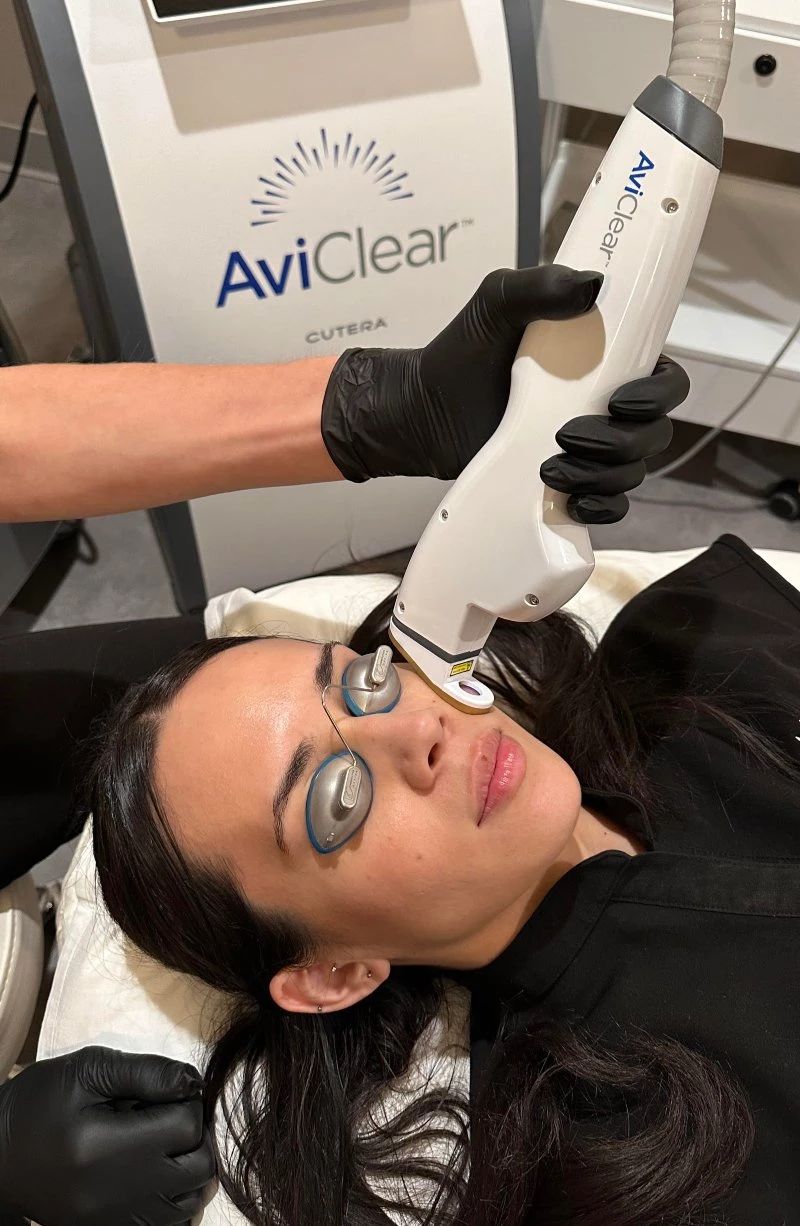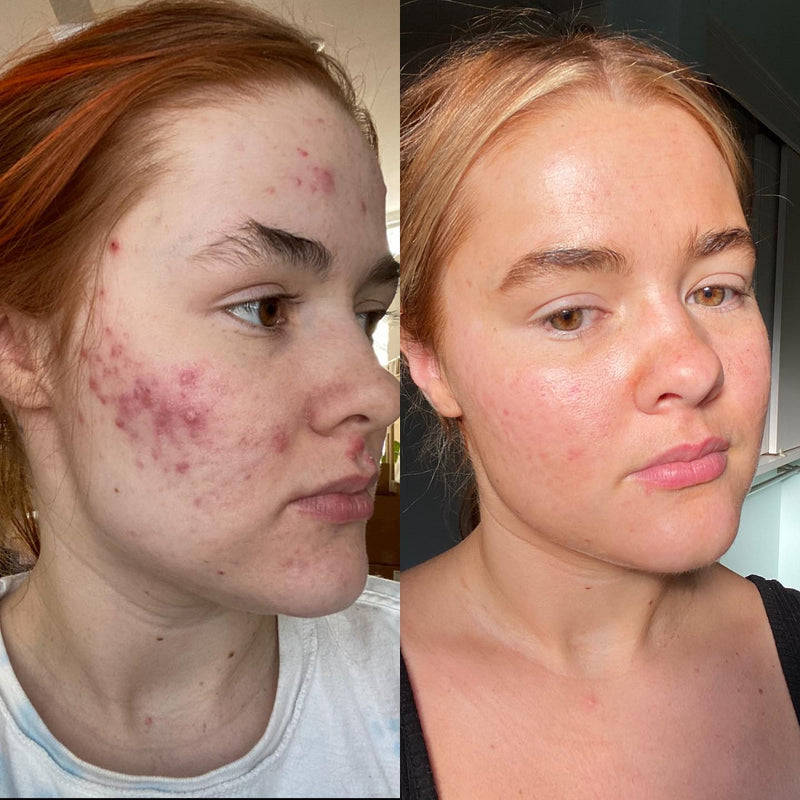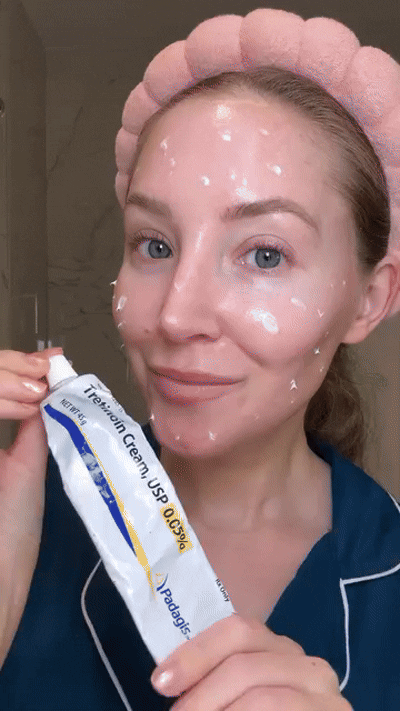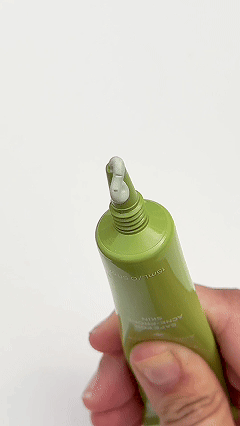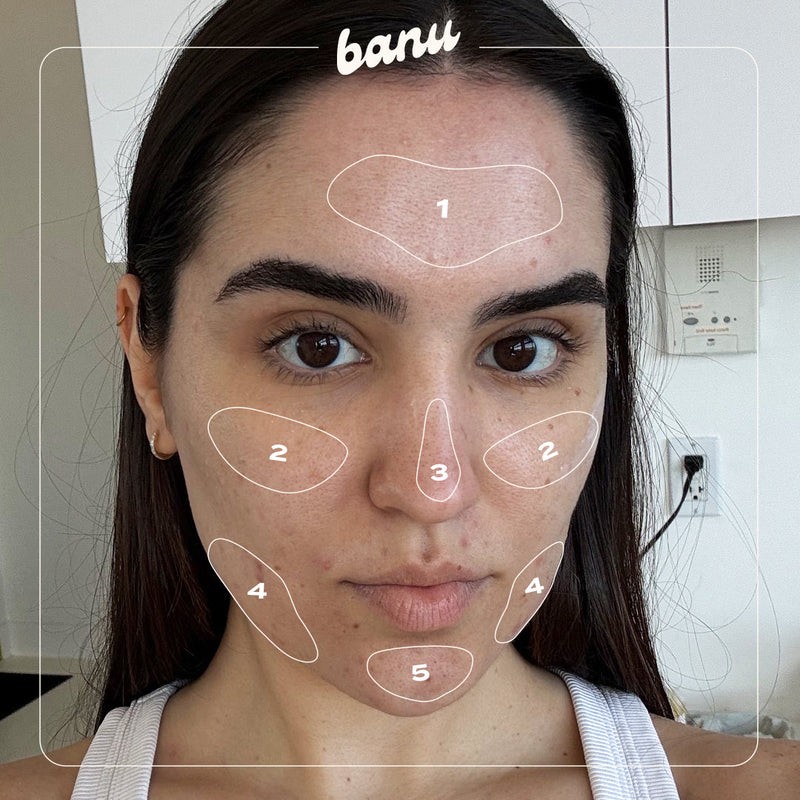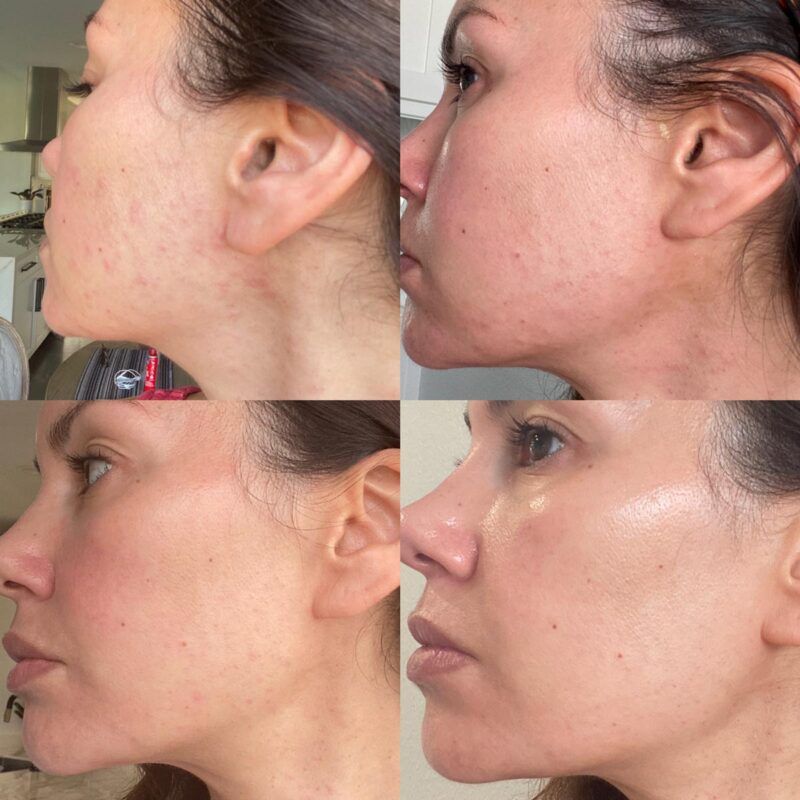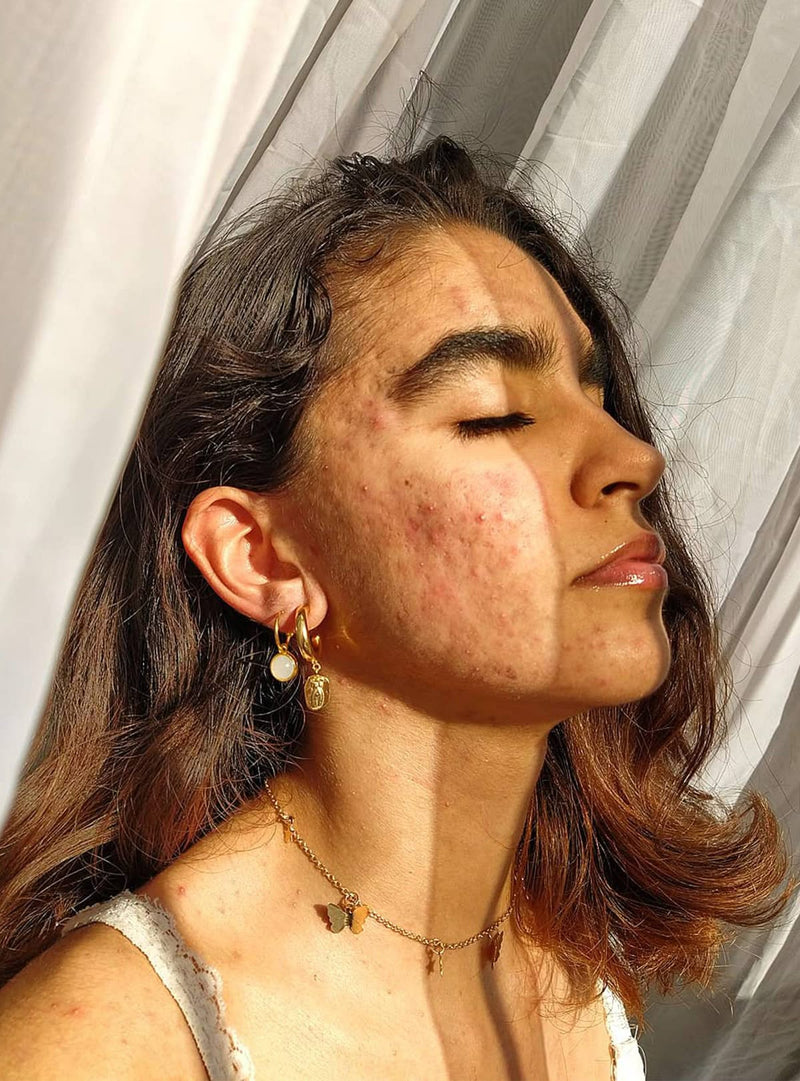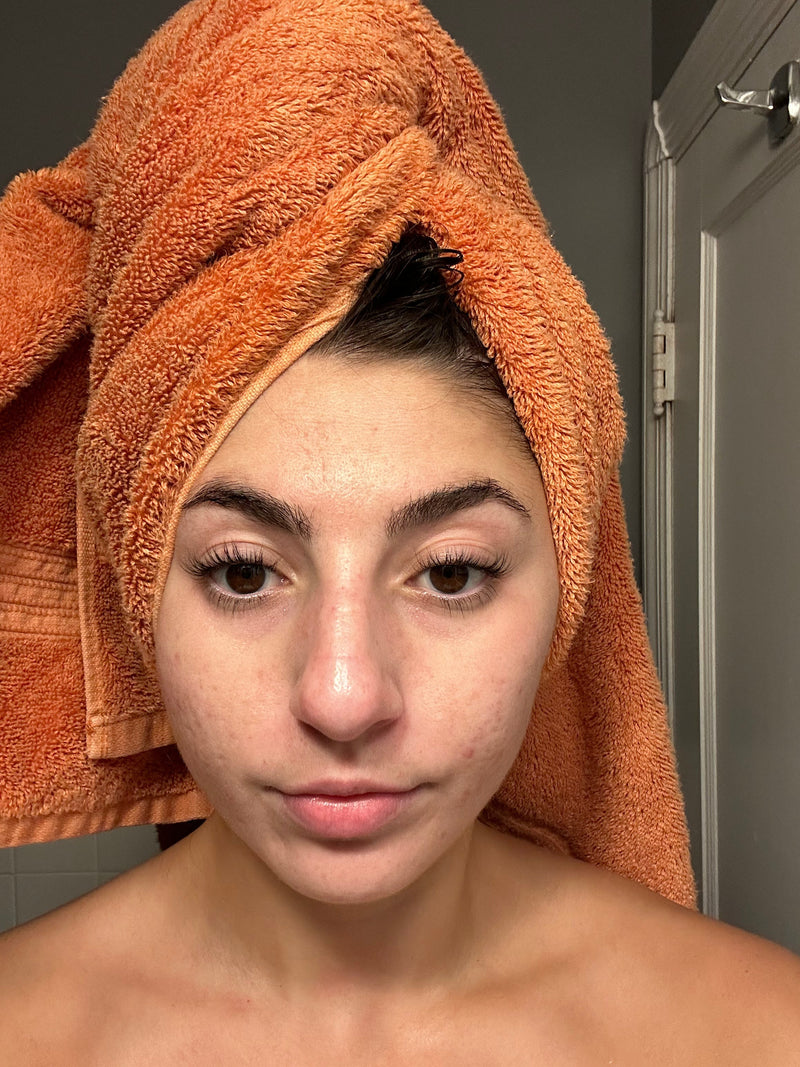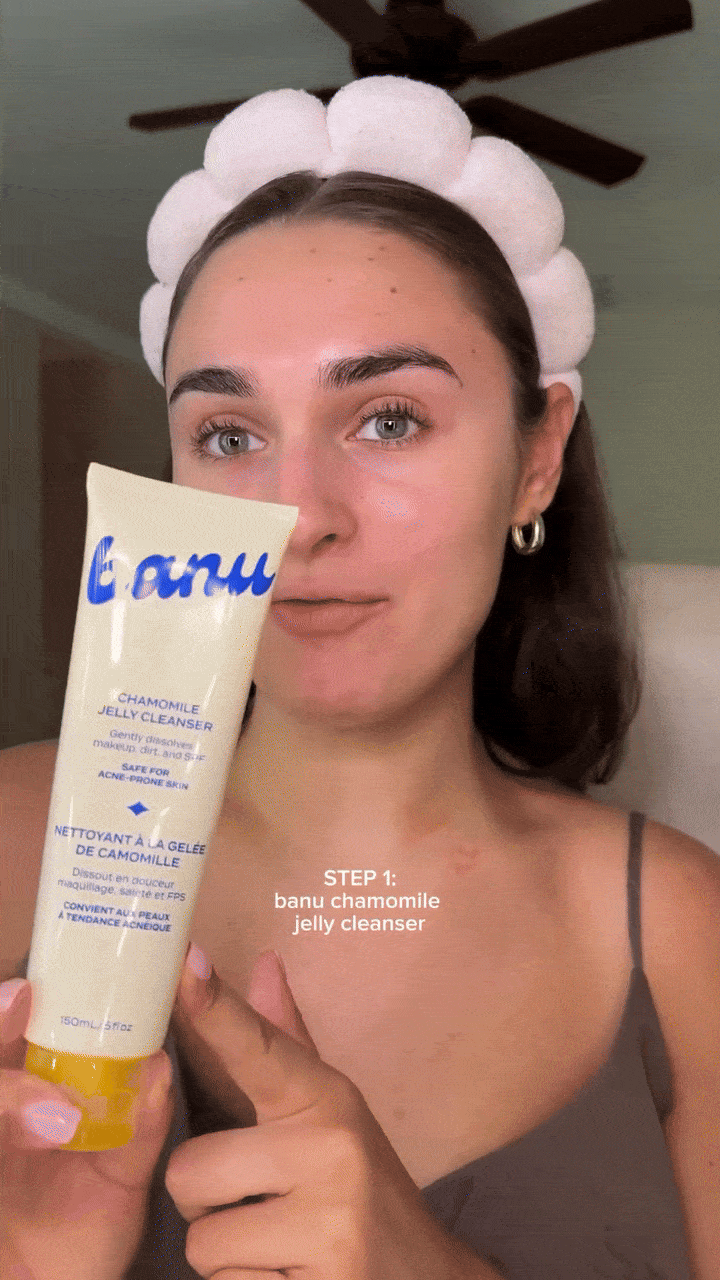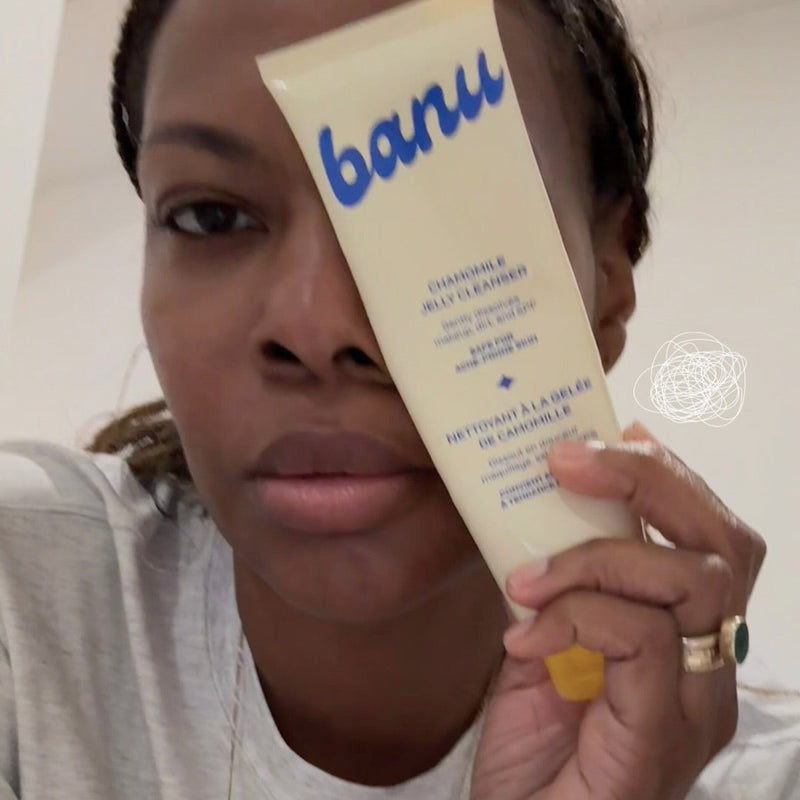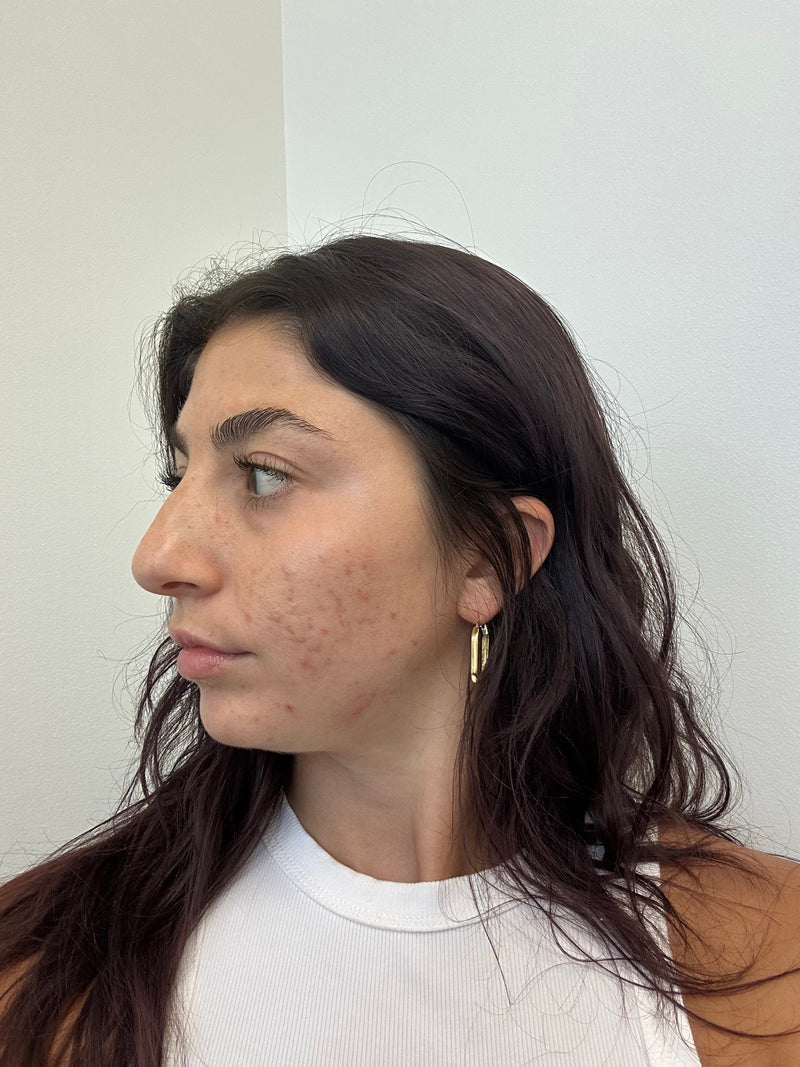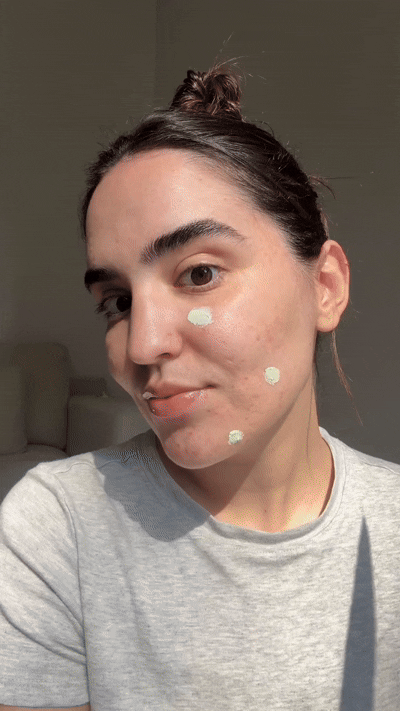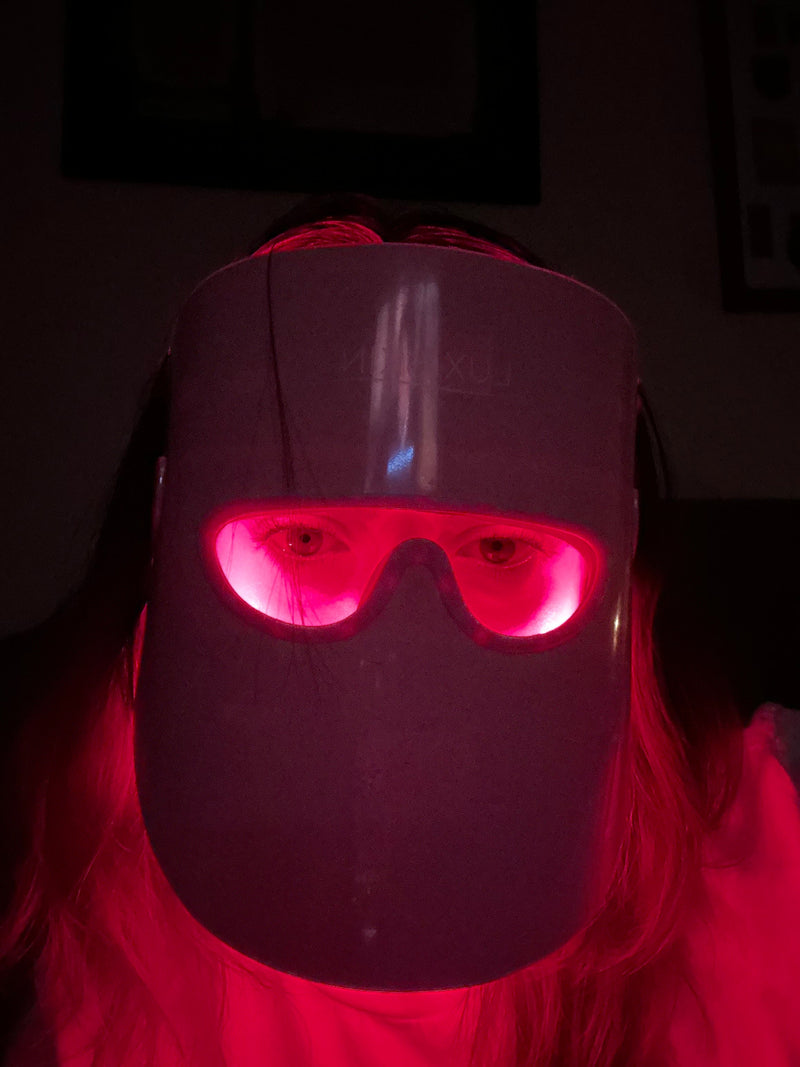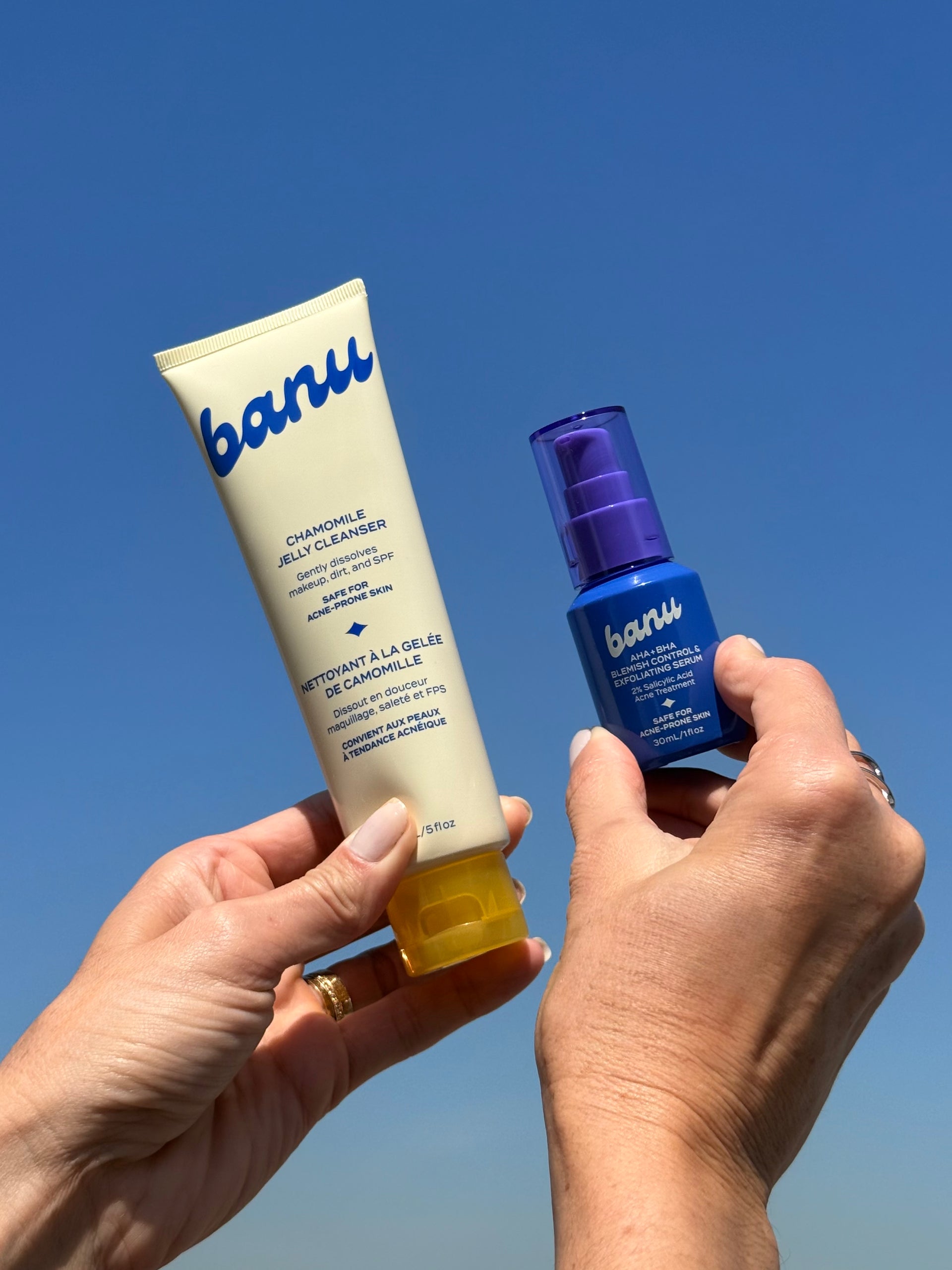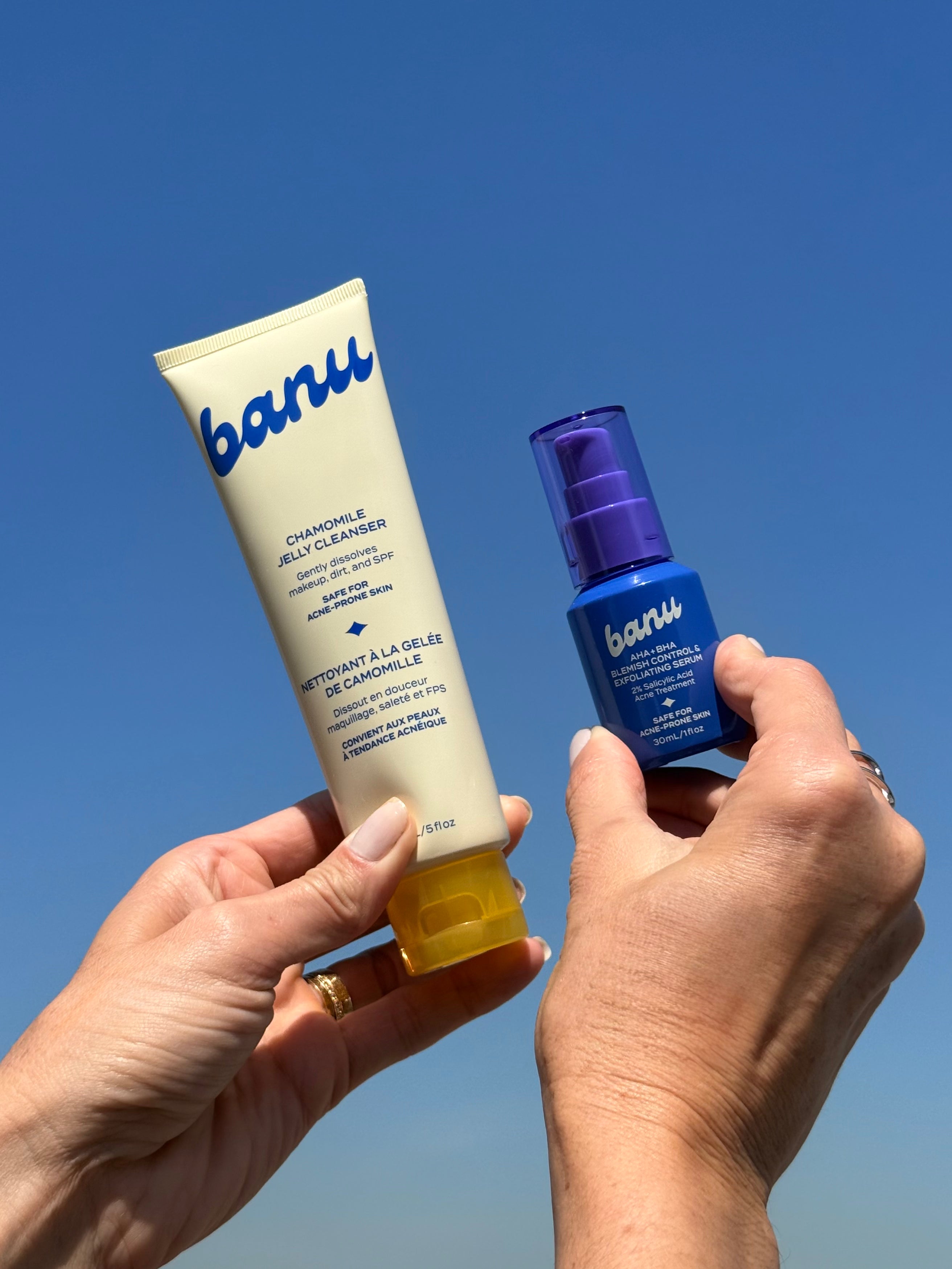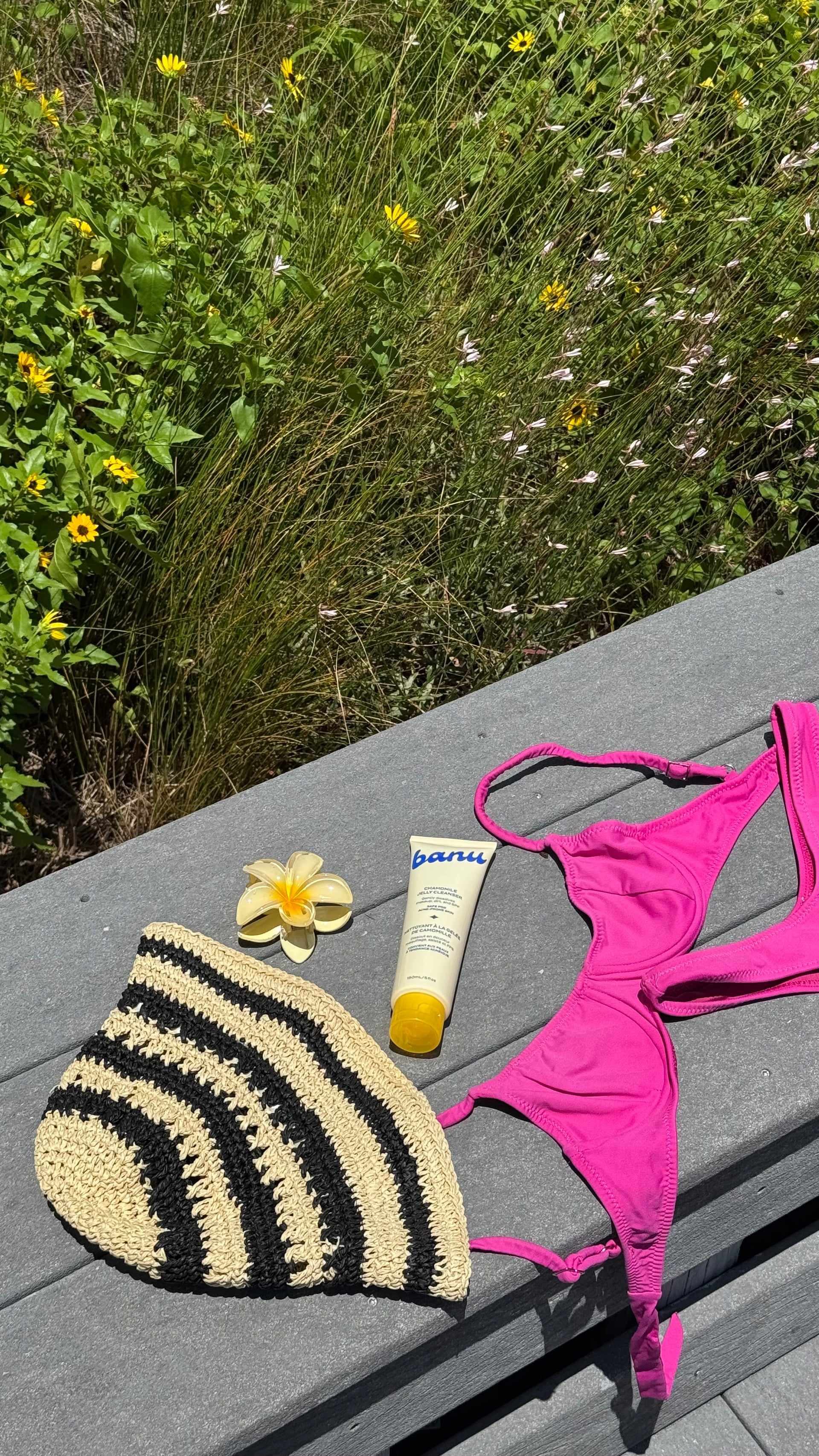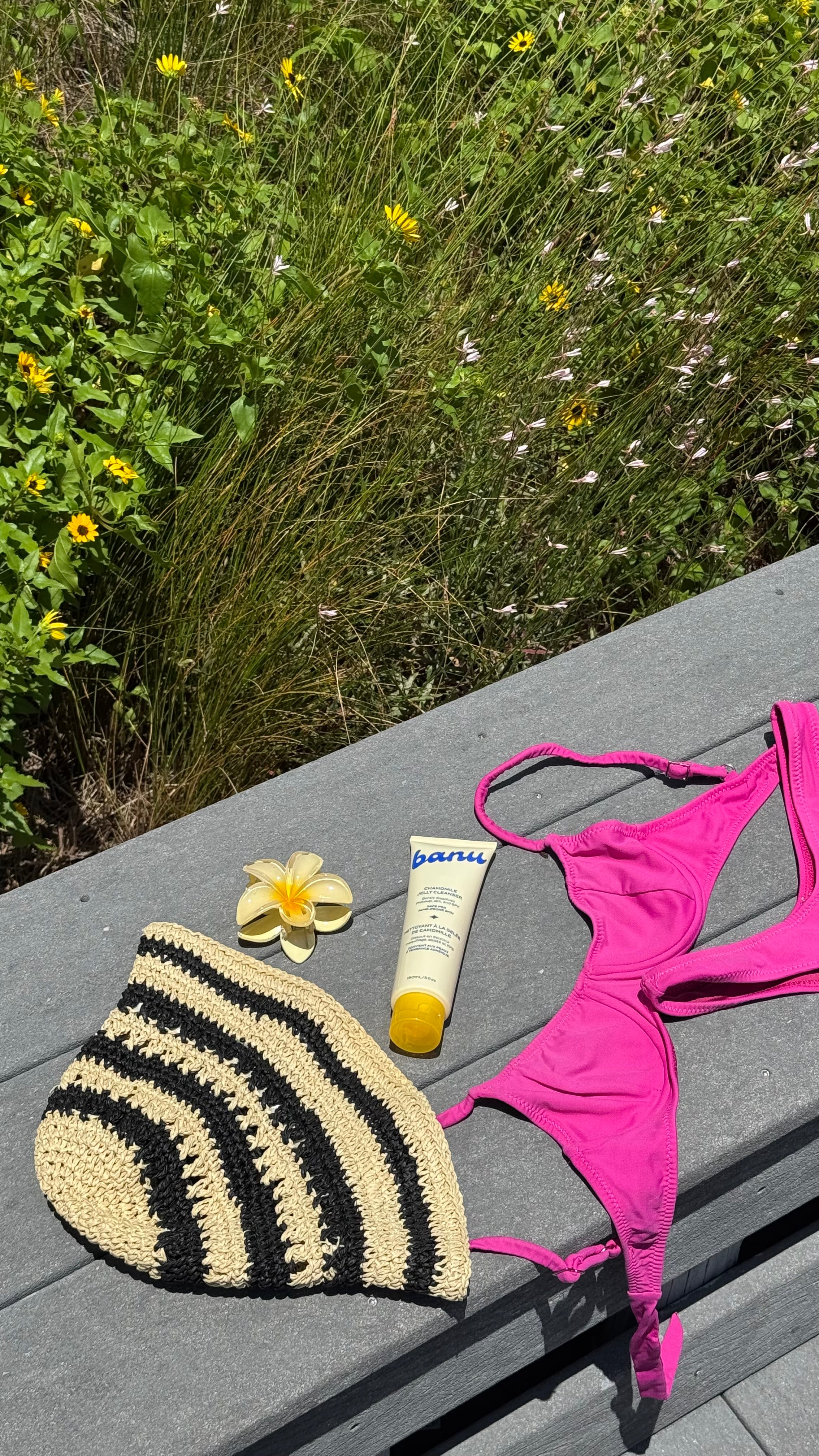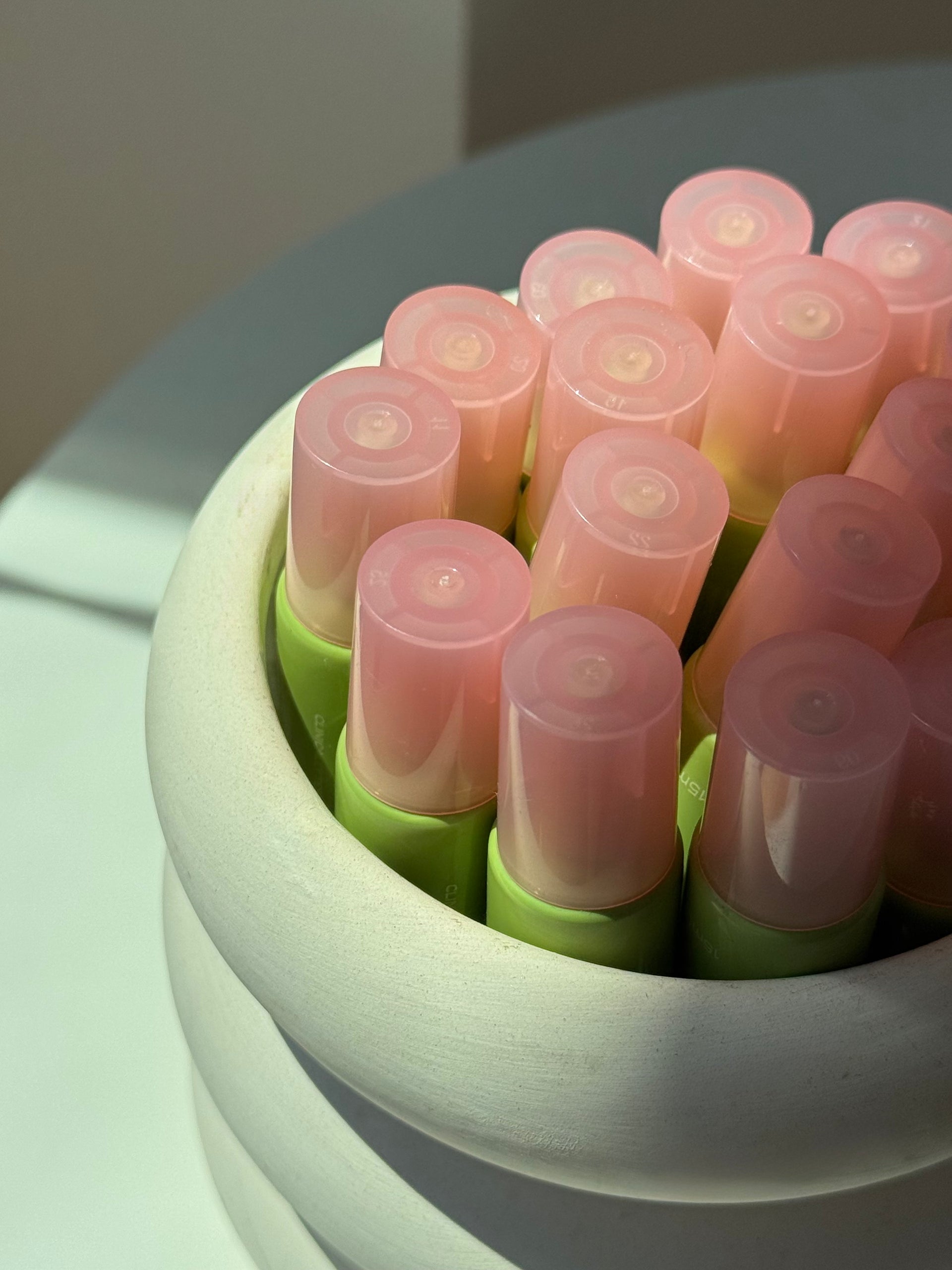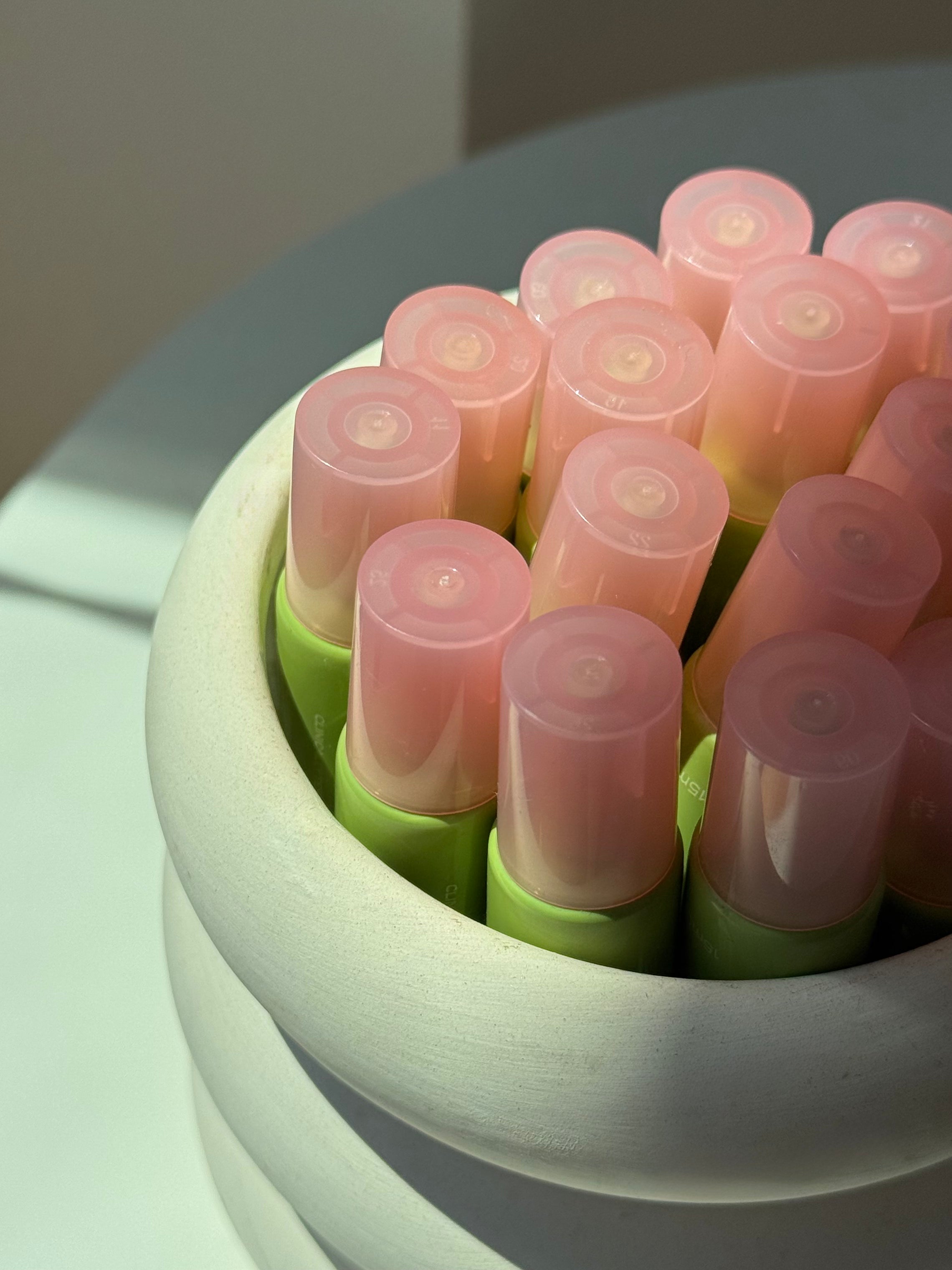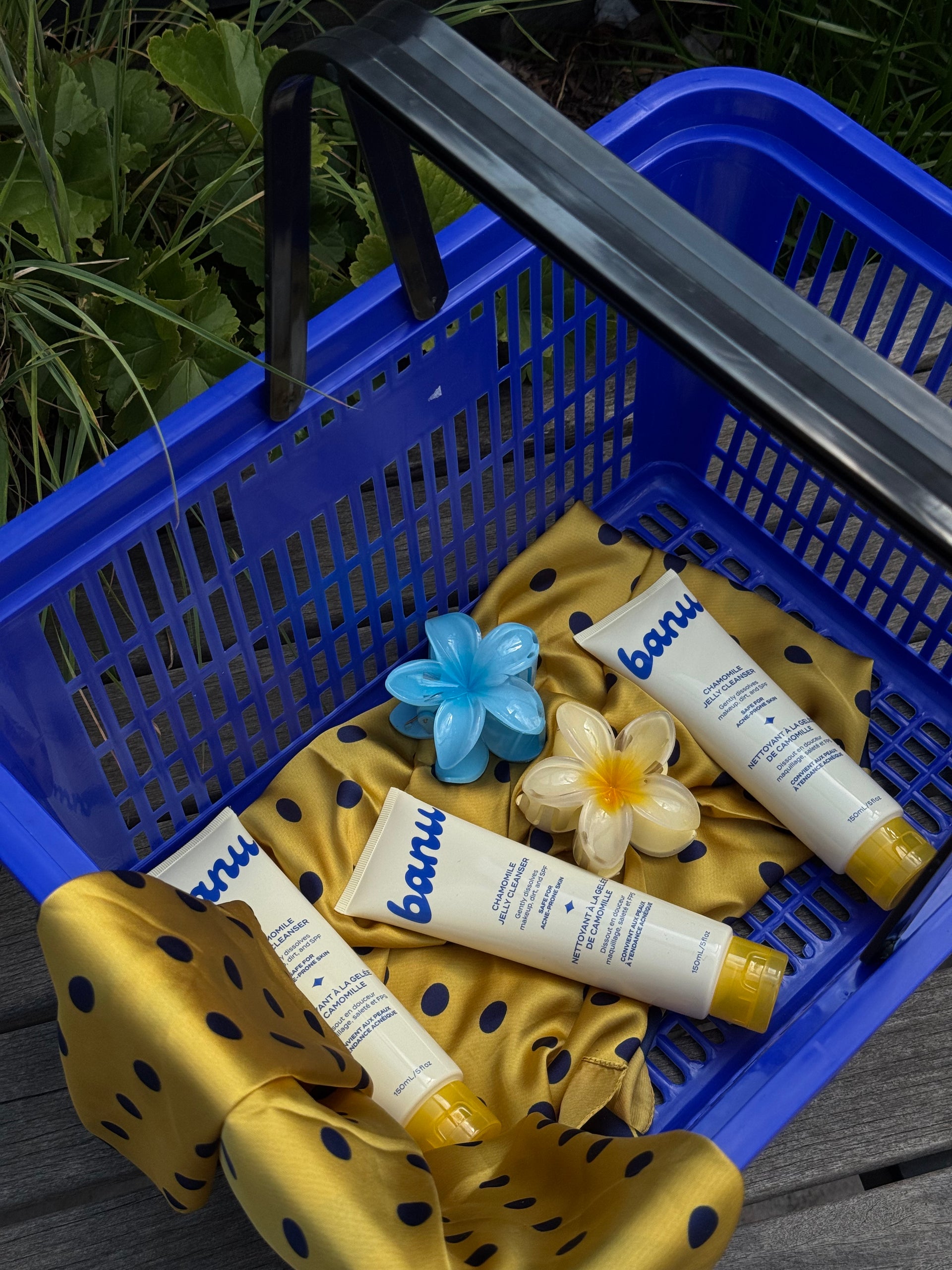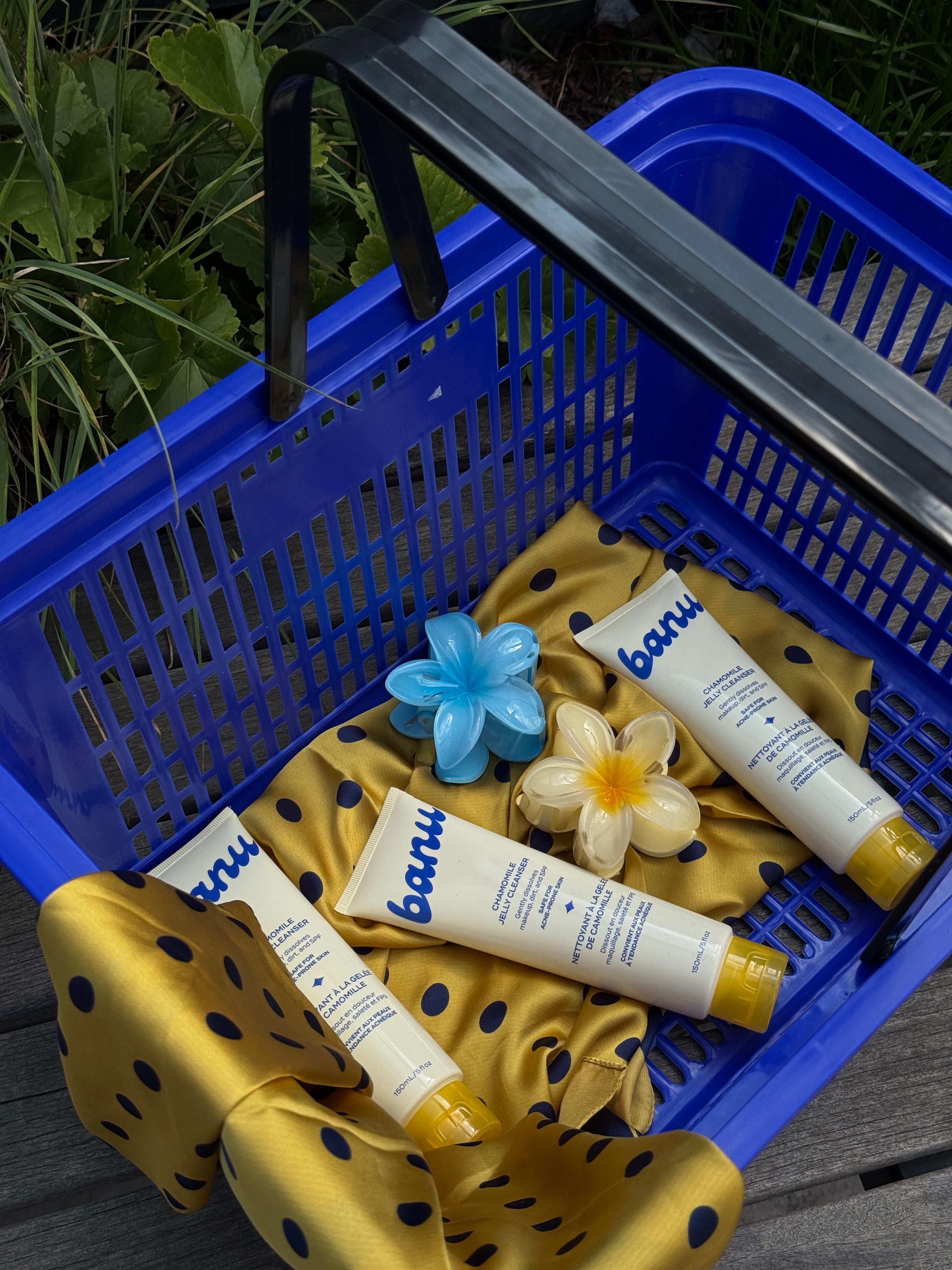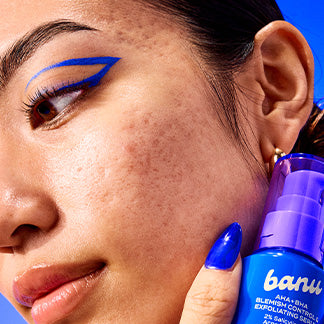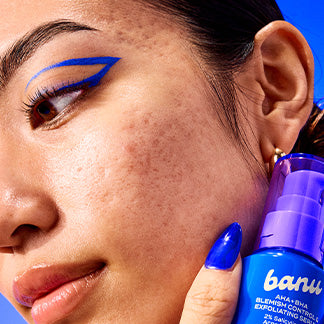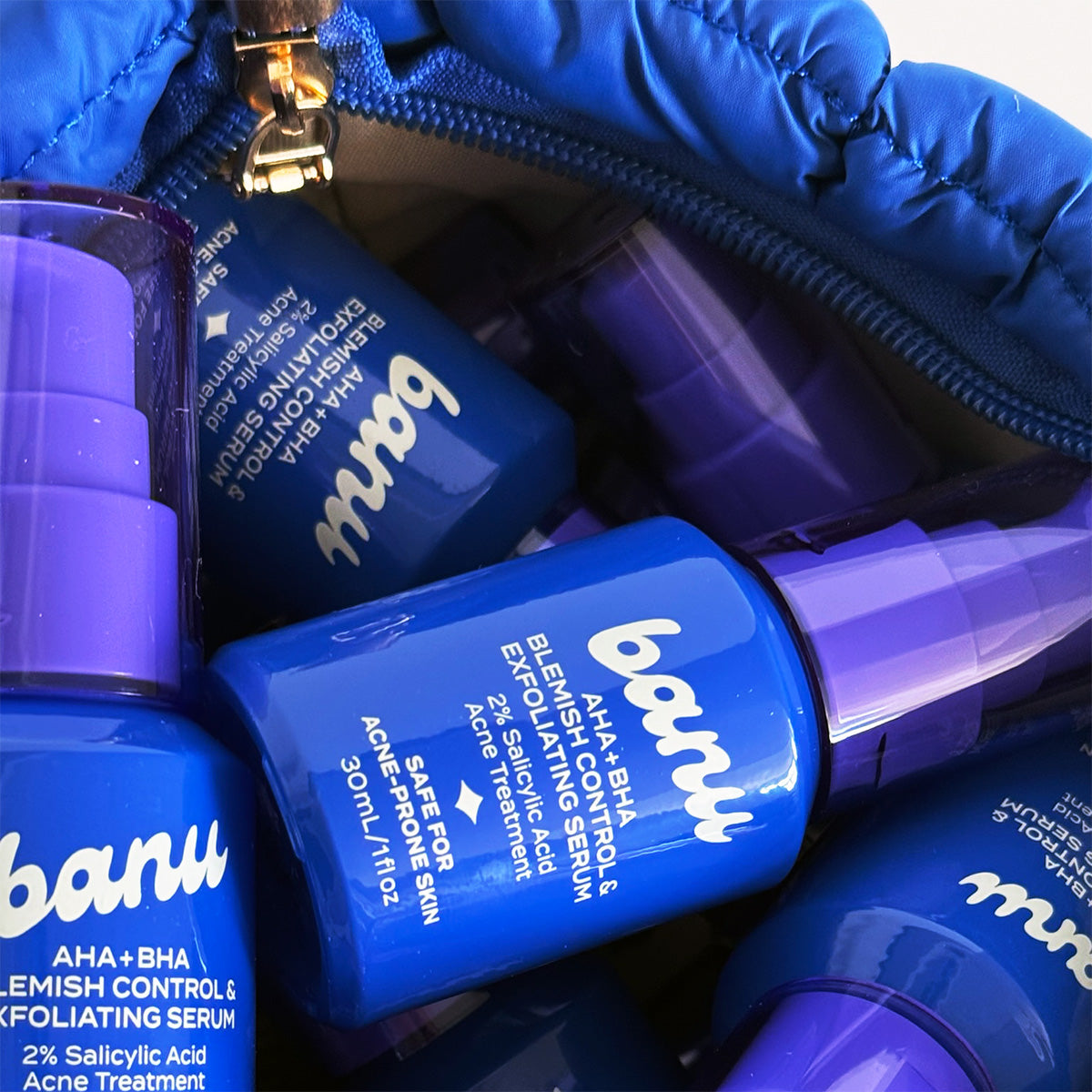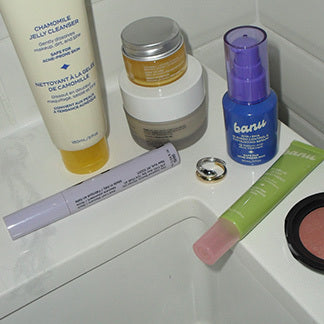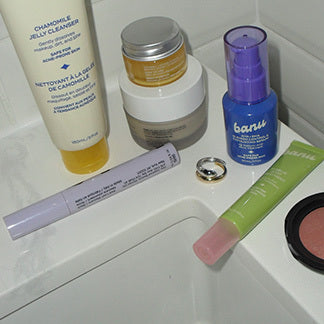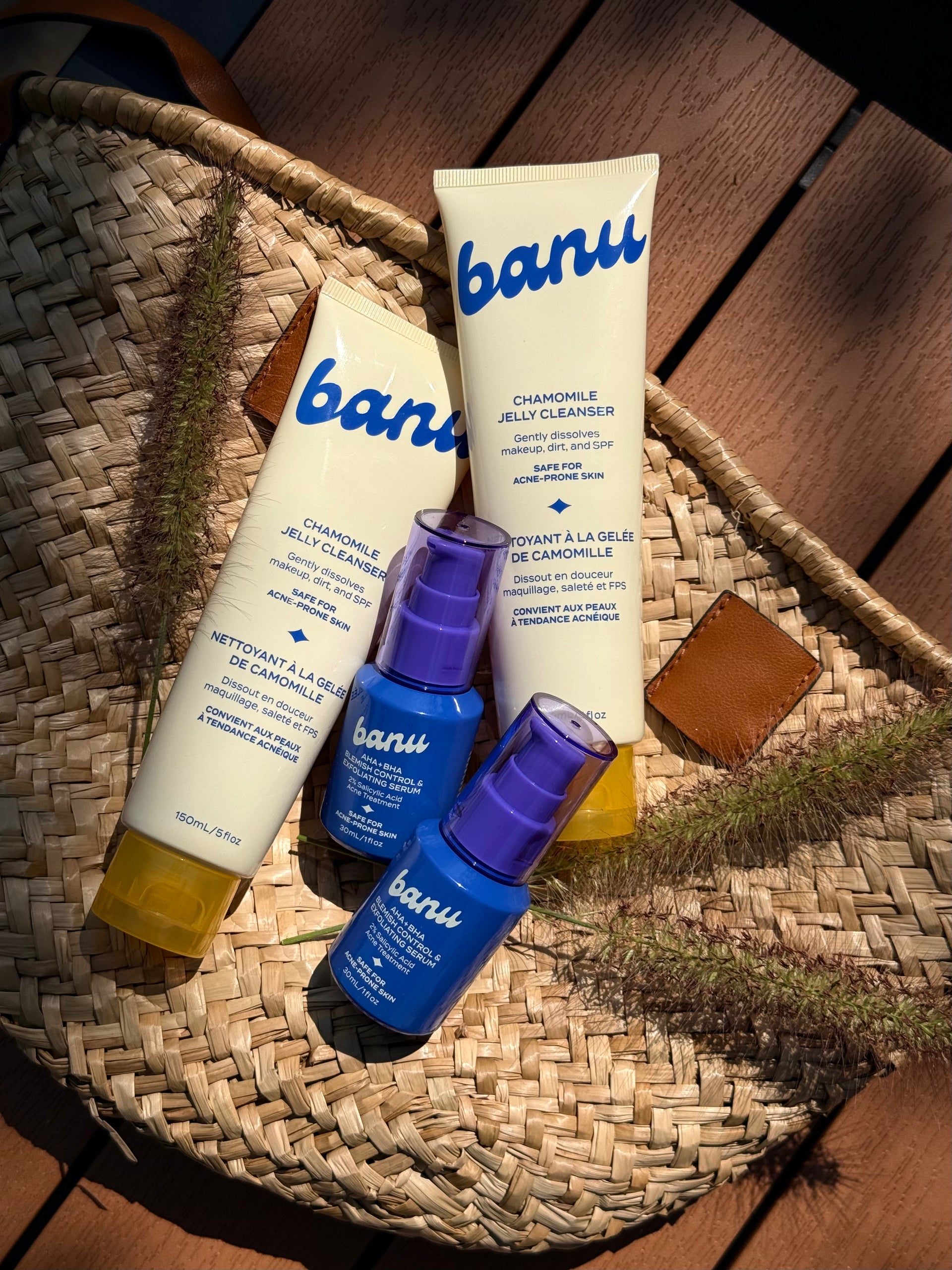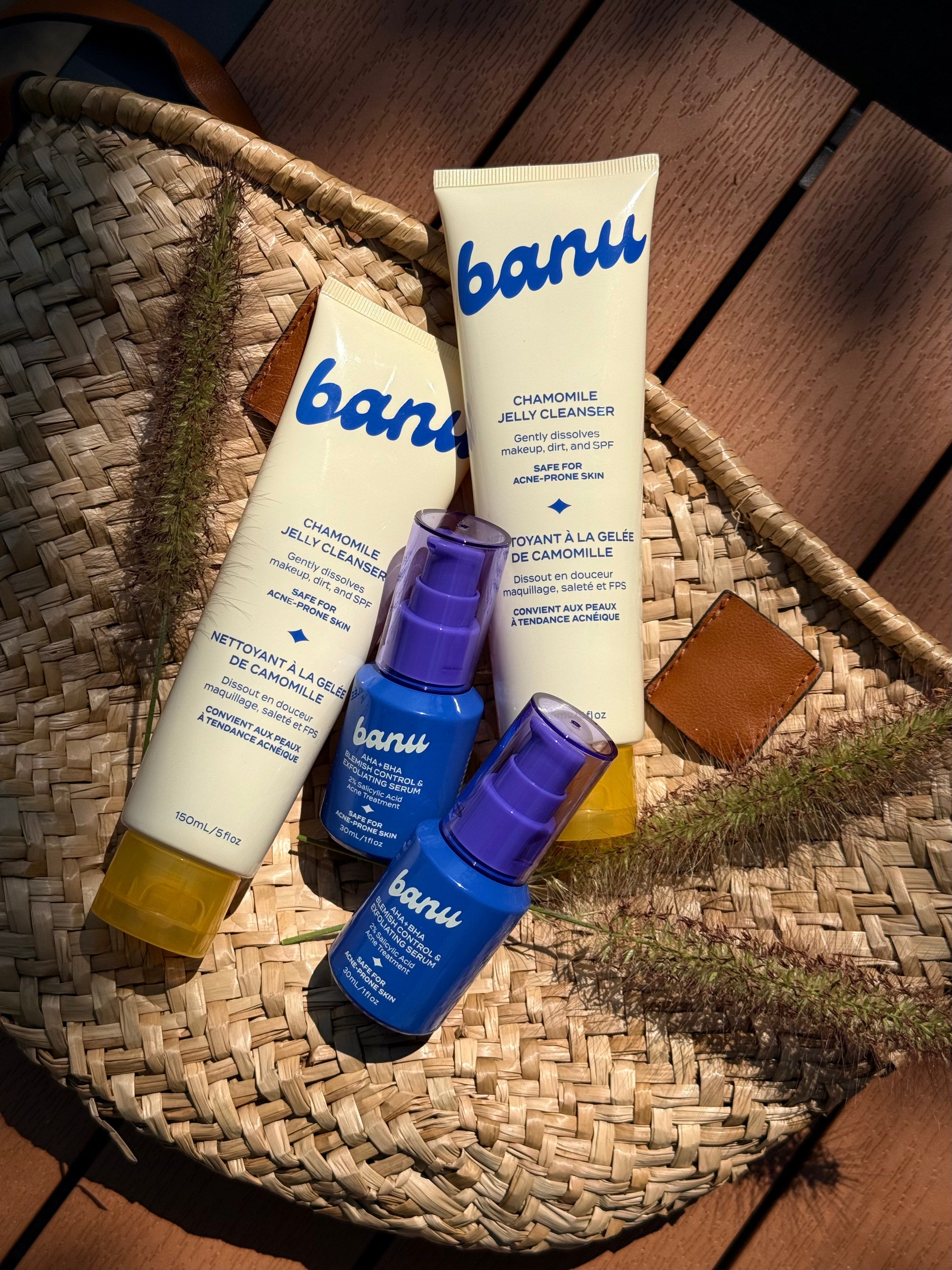What Is Salicylic Acid and Why It Belongs in Your Skincare Routine
13 March, 2025
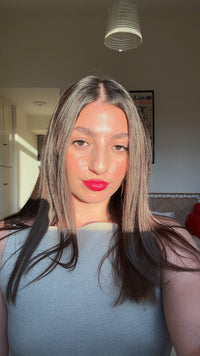
by Jenna Curcio
Let’s talk about one of the most proven, go-to ingredients in the acne world: salicylic acid. Technically, it’s a beta-hydroxy acid (BHA) — aka an oil-soluble chemical exfoliant that goes deep into pores to clear out dead skin cells and excess oil. Translation? It’s a total MVP for unclogging skin and calming breakouts before they blow up.
What Is Salicylic Acid — and Why Should You Care?
No matter your skin type, Salicylic Acid is one of those rare ingredients that doesn’t just target active pimples, it helps prevent them altogether. If you’ve ever dealt with congested pores, textured skin, or that under-the-skin brewing feeling, salicylic acid should absolutely be on your radar.
What Makes Salicylic Acid So Effective?
Okay, here’s the deal: unlike AHAs (which only exfoliate on the surface), BHAs like salicylic acid go deeper. Since they’re oil-soluble, they can actually get inside your pores and break up all the gunk (dead skin, oil, grime) that leads to breakouts like blackheads, whiteheads, and those stubborn hormonal spots.
It’s technically a chemical exfoliant, but don’t let that scare you, Think of it as doing the heavy lifting behind the scenes to:
-
Sweep away built-up dead skin
-
Clear clogged pores
-
Smooth out bumpy texture and uneven tone
-
Help stop new breakouts before they even start
It’s not just hype, either. BHA has been researched and trusted for years across all kinds of skin types. You’ll probably start noticing a difference fast, but the real glow-up comes with consistent use. Stick with it. Your skin will thank you.
Who Should Use Salicylic Acid?
If your skin is oily, acne-prone, or prone to congestion, salicylic acid is your bestie. It works especially well for:
-
Blackheads and whiteheads
-
Texture or dullness
-
Post-breakout buildup
-
Hormonal breakouts
That said, even if you have dry or sensitive skin, salicylic acid can still work for you — just stick to gentle formulas and start slow. Not all BHAs are created equal, and your skin type deserves something that does the job without throwing your barrier out of whack. Our Blemish Control & Exfoliating Serum is a great place to start — it’s effective but super gentle and balanced
There’s even research behind it: one study found that a 2% salicylic acid treatment helped cut down both the angry red breakouts and the sneaky clogged-pore kind in just eight weeks. Pretty solid for something so gentle.
How to Use Salicylic Acid (Without Overdoing It)
You’ll usually find BHA in cleansers, serums, or spot treatments. Here’s a quick breakdown:
|
Product Type |
When to Use It |
Why It Works |
|
Salicylic Acid Cleanser |
AM or PM (daily) |
Cleans skins and exfoliates without overstripping |
|
Salicylic Acid Serum |
After cleansing, before moisturizer |
Deeper, daily pore-cleaning action |
|
Salicylic Acid Spot Treatment |
As needed on active breakouts |
Targets specific blemishes fast |
A good rule of thumb? Start 2–3 times a week to work it into your routine, especially if you’re new to chemical exfoliants, and see how your skin reacts. Oh — and always wear SPF (we really like this one). Acids can make your skin a lot more sensitive to the sun.
Real Talk: Purging vs. Breaking Out
Let’s clear this up (no pun intended): If your skin freaks out a bit when you first start using a BHA, you are likely experiencing a purge, not a breakout.
Since salicylic acid increases skin cell turnover, it can temporarily bring clogged gunk to the surface faster.
It’s annoying, yes — but usually temporary. Give it about 4–6 weeks. If you’re still seeing redness, peeling, or discomfort after that, take a break or switch to a milder formula that works for you. It’s all about trying out different potential solutions!
Salicylic Acid vs. Other Acne Fighters
Here’s how salicylic acid compares to other popular breakout-busting ingredients:
|
Ingredient |
Best For |
Things to Know |
|
Salicylic Acid |
Blackheads, clogged pore, prevention |
Oil-soluble, exfoliates inside pores |
|
Sulfur |
Active blemishes (esp. whiteheads) |
Great for drying things out fast |
|
Benzoyl Peroxide |
Killing acne-causing bacteria |
Effective but can be drying |
|
Mandelic Acid |
Gentle exfoliation |
A gentler AHA for sensitive skin |
|
Azelaic Acid |
Redness, dark spots, texture |
Brightens and calms inflammation |
BHA is ideal for maintenance and prevention. If you're looking to stay ahead of acne without constantly reacting to it, salicylic acid is totally worth the real estate in your routine.
TL;DR: Salicylic Acid = Clearer, Smoother Skin Over Time
Here’s the thing: salicylic acid isn’t a magic eraser — but it is one of the most researched, reliable ways to manage breakouts, especially if clogged pores are the culprits.
This beta-hydroxy acid gently exfoliates from the inside out, keeping pores clear and skin smoother over time — regardless of your skin type.
If you're into ingredients that actually work and fewer surprise flare-ups, adding a gentle salicylic acid to your routine just makes sense.

Author
Jenna Curcio
Ciao, I’m Jenna :) I’m a writer and brand strategist with 6+ years of experience telling stories in the beauty world — both professionally and personally. After years of dealing with acne, I know how overwhelming and emotional the skincare journey can be. I’m here to make it feel a little less confusing and a lot more human.


